Visiting Japan is an experience unlike any other! This unique destination is known for striking contrasts of modernity and tradition, nature and cityscapes and, most importantly, deep cultural beliefs and values.
*This post may contain affiliate links, as a result, we may receive a small commission (at no extra cost to you) on any bookings/purchases you make through the links in this post. As an Amazon Associate, we earn from qualifying purchases. Read our full disclosure
Over 30 million people visit Japan each year. And it’s not surprising.
With an endless number of things to do in Japan, there are experiences here to suit every type of traveller.
Tokyo, Osaka, and Kyoto find themselves on the bucket lists of every first-time visitor, while lesser-known islands, like Hokkaido, Kyushu, and Shikoku, offer incredible natural landscapes, adventure activities and off-the-beaten-path experiences for more intrepid travellers.
We recently spent 5 weeks on an incredible trip in Japan, visiting the top destinations like Tokyo, Kyoto and Osaka and exploring well beyond the major sights and attractions.
We absolutely fell in love with Japan, with its food, nature, amazing futuristic cities, and unique cultural experiences. For us, the beauty of Japan was found in its deeply rooted traditions, beliefs and cultural practices, and our unique experiences made our visit that much more impactful.
With first-hand travel experience under our belt, we are ready to share our best tips and advice to help you with your own Japan itinerary!
We focused this article on two weeks in Japan itinerary to help first-time visitors get a taste of this beautiful, amazing country. Our suggested 2 week Japan itinerary with a blend of must-see and off-beat spots, including buzzing cities and nature escapes, will allow you to see the best of the country in a short time.
PIN FOR LATER
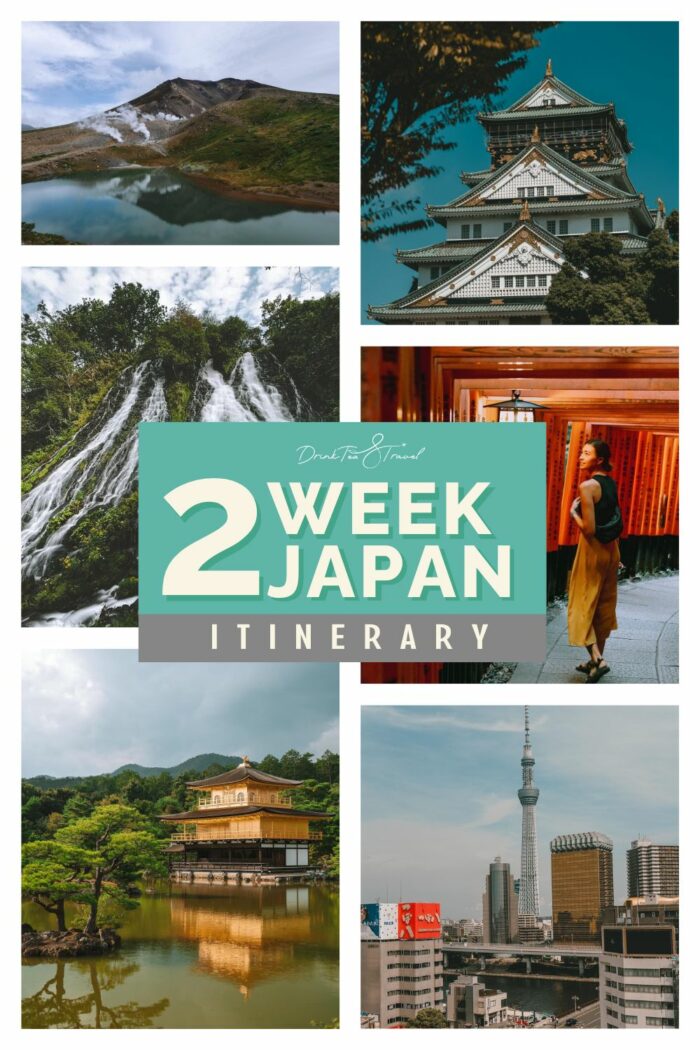
Traveling Soon? Here is a list of our favourite travel providers and accessories to help get you ready for your upcoming trip!
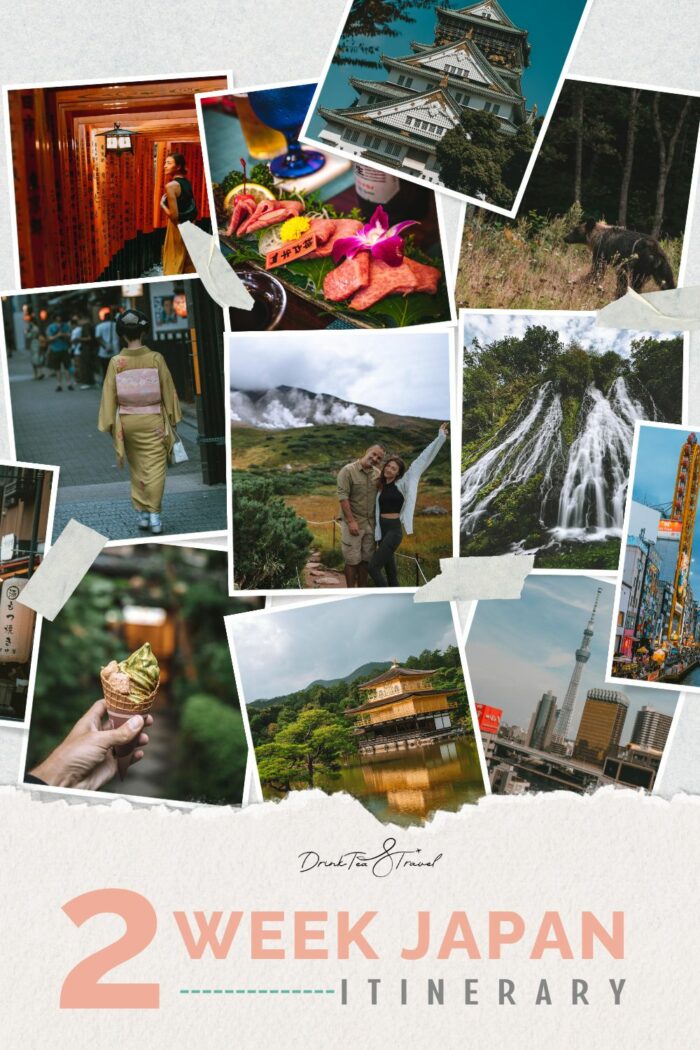
So, let’s dive in!
How to Get to Japan
Japan is well-connected to a variety of international destinations with frequent flights. Most visitors fly into Tokyo, the capital of the country and the main entry point for the majority of international flights.
Fly into Tokyo
Tokyo has two international airports, Haneda Airport (HND) and Narita International Airport (NRT).
Haneda Airport, located just 18 km (11 miles) from the city center, primarily serves as a hub for domestic flights but also operates many international services. Major Japanese airlines such as All Nippon Airways (ANA) and Japan Airlines (JAL) and international carriers, including Delta Air Lines, American Airlines, British Airways, and Lufthansa, offer flights to and from Haneda.
- Haneda Airport Express bus offers an easy way to get into the city (Shinjuku Station) in just 40 mins. It costs 1,400 Yen per person.
- Alternatively, the Keikyū Airport Express train offers a direct route to Tokyo Station.
Narita Airport is located around 60 km (37 miles) from the city and is considered Tokyo’s main international airport hub, serving a wide array of global destinations. Airlines like Nippon Airways (ANA) and Japan Airlines (JAL), as well as numerous international airlines, such as United Airlines, Air Canada, Emirates, and Singapore Airlines, offer services to and from Narita.
- The fastest options to get into Tokyo Train Station are either the JR Narita Express or Keiser Skyliner Train, both of which take under an hour.

Fly into Osaka
Another alternative is to fly into Osaka. Osaka’s main international airport is Kansai Airport (KIX), located about 40 kilometres (24.8 miles) south of the city.
Numerous international airlines operate from Kansai Airport, including Delta Air Lines, American Airlines, Emirates, Cathay Pacific, Singapore Airlines, Korean Air, and China Airlines. These service major international destinations like Seoul, Beijing, Shanghai, Hong Kong, Singapore, Bangkok, Dubai, Frankfurt, Los Angeles, Vancouver, and many others.
How to Get Around Japan
Japan’s public transportation system is known worldwide for its efficiency and connectivity. A two week trip in Japan is made so much easier by the Japan rail network that connects virtually all of the places you’ll want to reach.
Japan Rail Pass and Shinkansen
Traditionally, a JR Pass (Japan Rail Pass) has been an ideal purchase for travelling in Japan, as this allows free travel on Shinkansen (bullet trains) around the country.
Japan Rail Pass can be purchased for 7, 14 and 21 days. However, with the latest price increases effective October 2023, the price of the JR Rail Pass has almost doubled, making it harder to justify spending $500+ on this all-inclusive option.
We’ve done the math. Following a price increase, the 14-day JR Pass will now cost around 80,000 yen (US$530), a hefty amount, given that each individual train ride ticket ranges 5,000 to 15,000 yen. To make the JR Pass worth it, you would need to take 6-8 train journeys in your 2 weeks in Japan to justify that cost.
So, instead, we recommend buying individual Shinkansen tickets to get you to/from major destinations. If you are travelling in high season, you’ll need to book your seats a few weeks in advance. In lower season, you can easily get tickets just a day or two in advance.
Metro and Subway Trains
Travel within cities in Japan is easy and convenient by train. Major cities like Tokyo and Osaka are best explored using their respective subway systems. However, keep in mind that the JR Pass does not cover travel within cities.
You will need to purchase a city-specific Subway Pass or use a transportation card like Suica to load up money for us on the subway.
- Tokyo Subway Pass can be purchased for 24, 48 or 72 hours and covers all Tokyo Metro and Toei Subway lines.
- Osaka Amazing Pass provides unlimited use of subways and city buses on one or two consecutive calendar days, plus free admission to Osaka’s popular tourist attractions.
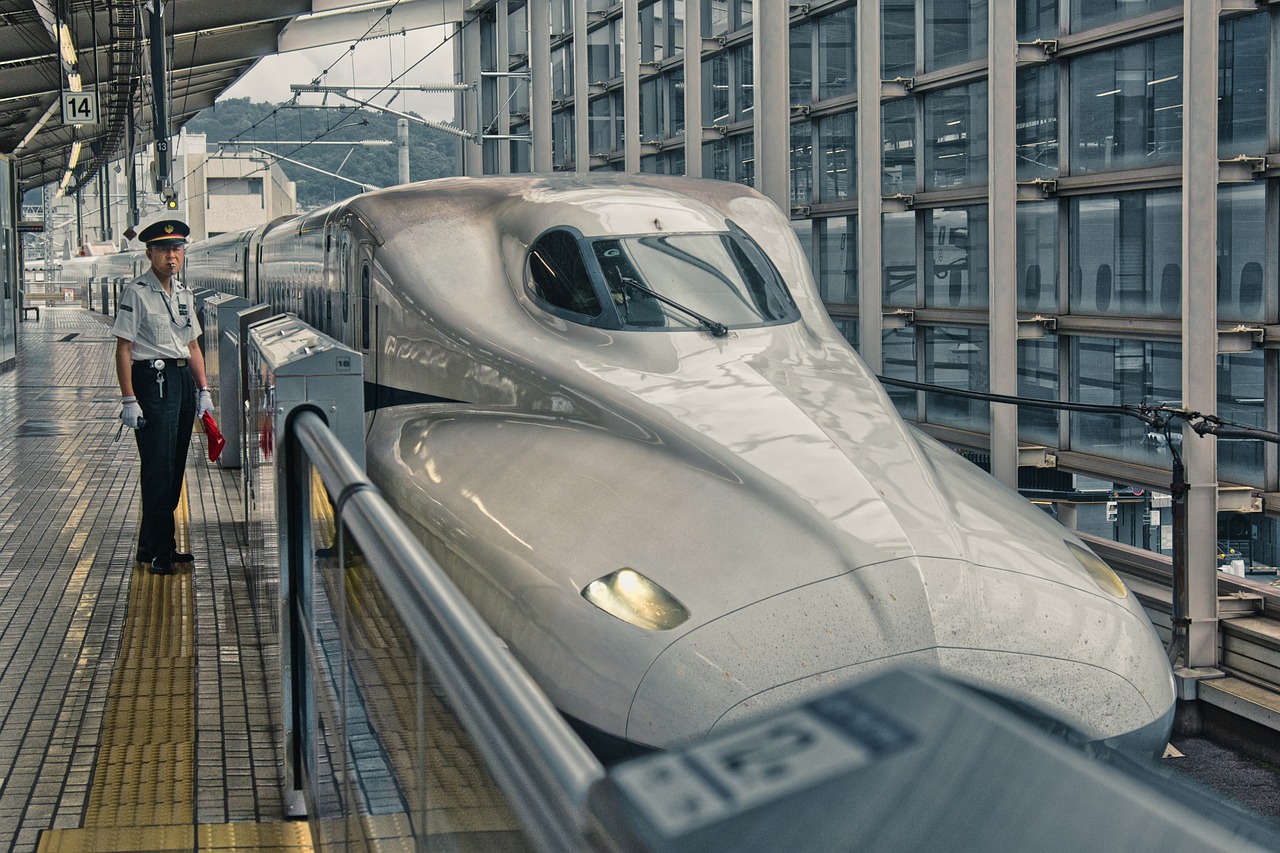
Best Time to Visit Japan
Each season in Japan offers something different. There are pros and cons for every time of the year, so the best time to visit Japan depends on what you want to do and see.
Spring (March to May) is cherry blossom season and the most popular time to visit Japan. Most visitors want to see the beautiful delicate hues of the cherry blossoms on their first trip, so it’s by far the busiest time. Expect crowds at most tourist attractions and higher accommodation prices. Be prepared to book accommodation and trains in advance. Moderate temperatures in Spring make it a nice time to wander the streets and spend time outdoors. By April, temperatures in Tokyo will be up into the 60s°F (between 15-20°C), providing an ideal climate for travel.
Summer (June to August): Many visitors opt to spend summer holidays in Japan. However, this is when the weather becomes hot and humid across most of the country. Temperatures can climb into the high 80s °F (high 30s °C), with humidity rising well into summer. June marks the beginning of the rainy season. This makes exploring the wonderful country a little more challenging and uncomfortable. However, it is a great time to head to the mountains and national parks. Summer is ideal for hikers to explore the Japanese Alps and national parks in areas like Hokkaido.
Fall (September-November): Fall is another popular season to visit Japan. The country is covered in beautiful fall foliage that rivals the colours of the cherry blossom. Temperatures tend to drop into the 70s °F (low 20s °C) during the day in most cities, making walking around more comfortable than in summer.
Winter (December-March): Unless your plan is to hit the ski slopes, winter is low season for tourism. Days are generally bearable in cities like Tokyo and Osaka, with temperatures hovering around the low 50s° F (10-15 °C), but the nights can get cold, dropping to 35 °F (1 °C). But despite the cold, Japan has a certain magic in winter. Christmas and New Year can be a particularly nice time to explore the country, with plenty of lights and activities in the major cities.

Our Suggested 2 Week Japan Itinerary
If you’re planning a two week Japan itinerary, then here is how we recommend you spend your time.
Tokyo – 3 days
Tokyo is a classic bucket list destination for many travellers. The famous metropolis is wildly fast-paced, quirky, and vibrant, combining tradition and modernity, unlike any other city in the world. As the capital and beating heart of Japan, it’s a great place to kickstart your 2 weeks in Japan.
Get there: Fly into one of Tokyo’s two international airports, Haneda Airport (HND) or Narita International Airport (NRT). Both airports have convenient public transport links to get you into the city, with the train offering the fastest option.
Stay: TRUNK HOTEL is located a short walk from Shibuya Station and is the perfect sustainable travel option when you visit Tokyo. Covered in leafy greenery inside and out and with the interior decked out in recycled materials, the standout architecture seamlessly blends urban and nature. Double rooms start from US$350 per night.
Things to Do in Tokyo
With three days in Tokyo, you can see all the sights below:
Tokyo Imperial Palace: Originally built in 1457, the Imperial Palace is a beautiful garden and royal palace complex surrounded by old stone walls and a moat. The inner grounds are closed to the public for most of the year, but you can visit the parks and gardens for free.
Senso-ji Temple: Located in the heart of the Asakusa district, this ancient Buddhist temple is one of Tokyo’s oldest temples. Its main features include the Kaminarimon (the Thunder Gate), a five-story pagoda, and the Asakusa Shrine. Leading towards Senso-ji Temple, the Nakamise Shopping Street is a bustling thoroughfare filled with souvenir stalls and snack shops selling traditional Japanese goods.
Dinner Cruise on Sumida River: A dinner cruise down the Sumida River is the perfect romantic night out. You can enjoy a few hours on a traditional Yakatabune houseboat cruise with a very authentic Japanese dinner and admire the city skyline by night.
Shibuya Crossing: The most famous attraction in central Tokyo is the Shibuya Crossing. Located just outside Shibuya Station, it is the busiest crossing on the planet, with an estimated 3,000 people crossing each time. You can simply walk across the road with a sea of other people or head over to Starbucks and grab a seat on the second level for incredible views of the street below.
Marunouchi Area: This central district is a great foodie spot where you can sample some of the best Japanese dishes. Head to Tokyo Ramen Street, located in the basement of Tokyo Station, where you’ll find some of the best ramen options in the city.
Yanaka District: This old town historic district is home to quirky Japanese architecture and plenty of street food stalls. Along Yanaka Ginza, you can sample Sake, Manju (Japanese cake), dumplings, and more.
Takeshita Street: This famous street in Harajuku district is the ultimate shopping and quirky food destination in Tokyo. Wander down Takeshita Dori to soak up the atmosphere and eat colourful food, including the weird and wacky snacks along the way.
Meiji Shrine: For a tranquil escape within Harajuku, visit this beautiful shrine in Yoyogi Park, which covers a peaceful forested area. You can reach the main complex of shrines in just a 10-minute walk from the entrance. Plus, it’s free to visit, so it’s perfect for those on a tight Japan budget.
Sumo Wrestling Practice: Wake up early and head to a Sumo Wrestling practice at Arashio-beya Sumo Stable. You can watch a sumo practice there every morning from 7:30am-9:30am. Check the schedule of the practices here, as the practice does not take place daily.
Tsukiji Outer Market: Located in the Chou City district of Tokyo, this local market offers an incredible foodie experience. It’s home to narrow alleyways filled with restaurants and shops selling wholesale produce, fresh fish and plenty of other goodies. The market runs until 2pm, but is at its best before noon. It’s known for its fresh seafood, snacks like tamagoyaki (omelette on a stick), and sushi.
TeamLab Planets: This immersive digital art museum features a unique blend of art, technology, and nature. Explore interactive digital exhibits, from walking through a room filled with ever-changing flowers to wading in a knee-deep pond of digital koi fish that react to movements. It’s an incredibly unique multisensory art encounter that you can easily enjoy for about an hour or more.
Visit a Themed Cafe: A classic Tokyo experience is visiting one of the outrageously quirky cafes dedicated to characters from films, cartoons, or anime. The Pokemon Cafe and Harry Potter Cafes are easily the most popular for fans. We also recommend a visit to Robot Dawn Cafe.
Tokyo Tower: This observation tower in Minato, Tokyo, stands over 330 m (1,082 ft) high and was once the tallest structure in the world. Designed as an Eiffel Tower-inspired lattice tower, it stands out for its white and red colours. You can visit the main observation deck or climb to the top deck at an extra cost for panoramic views of downtown Tokyo.

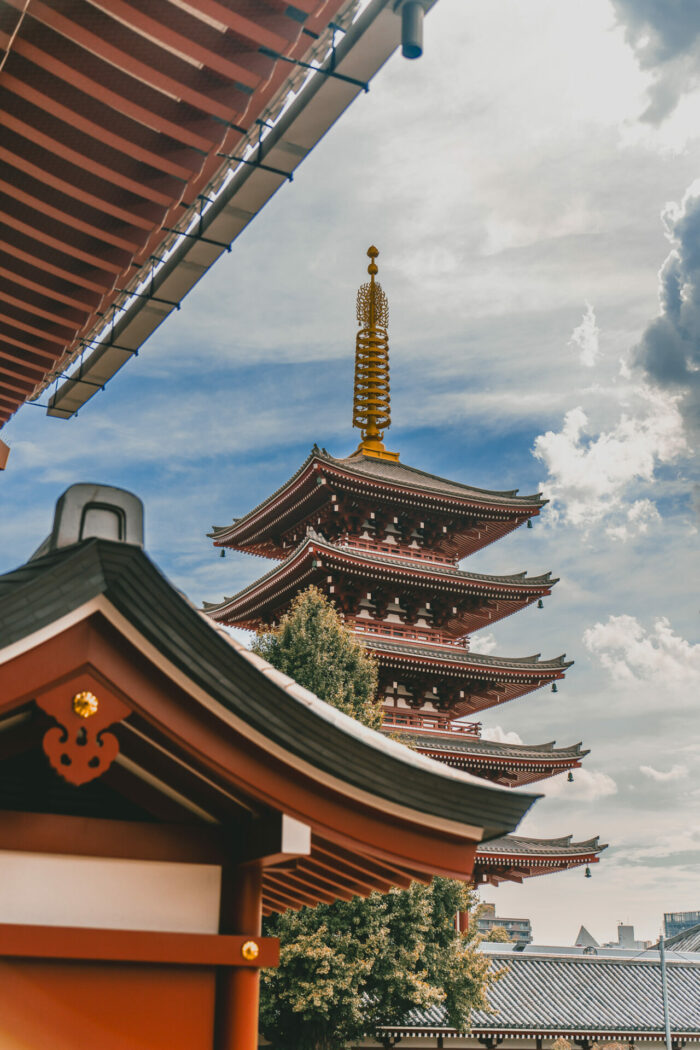
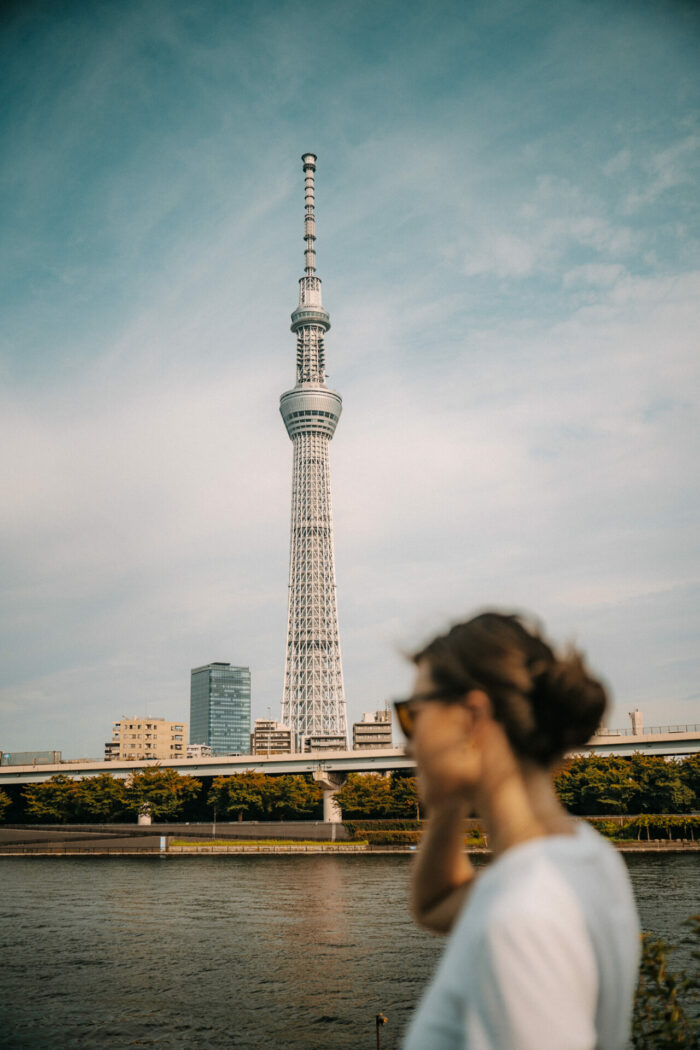
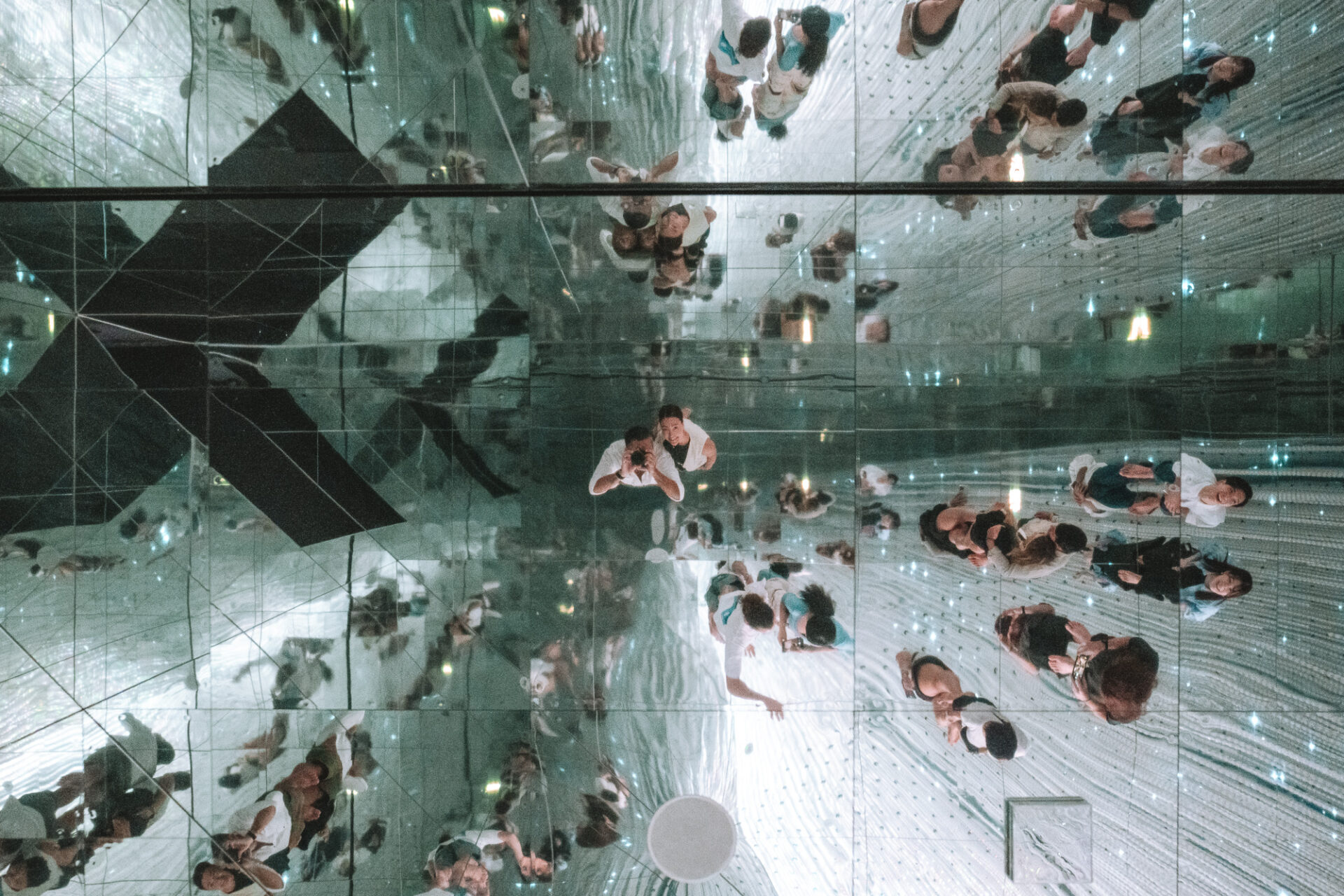
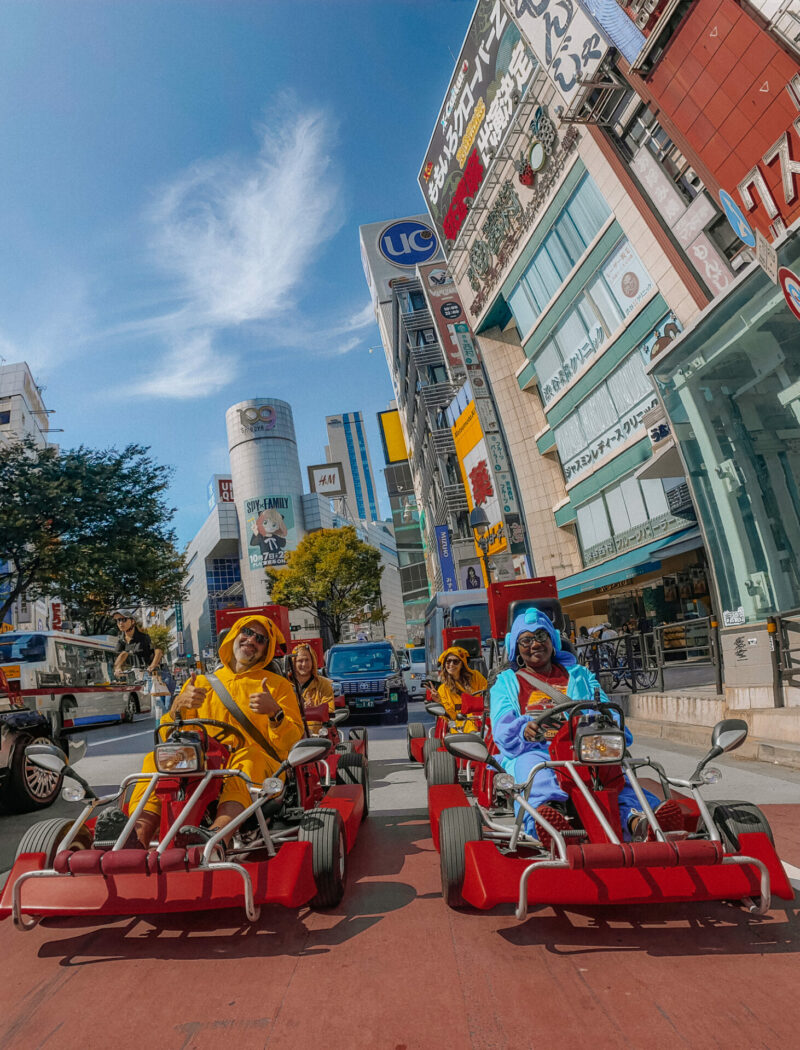
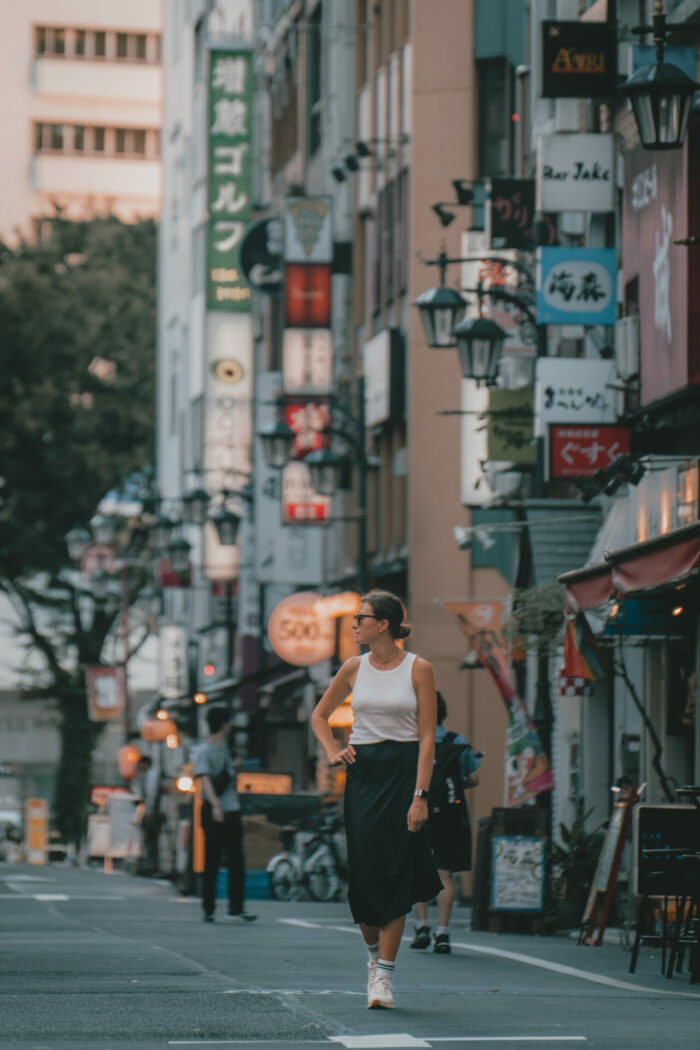
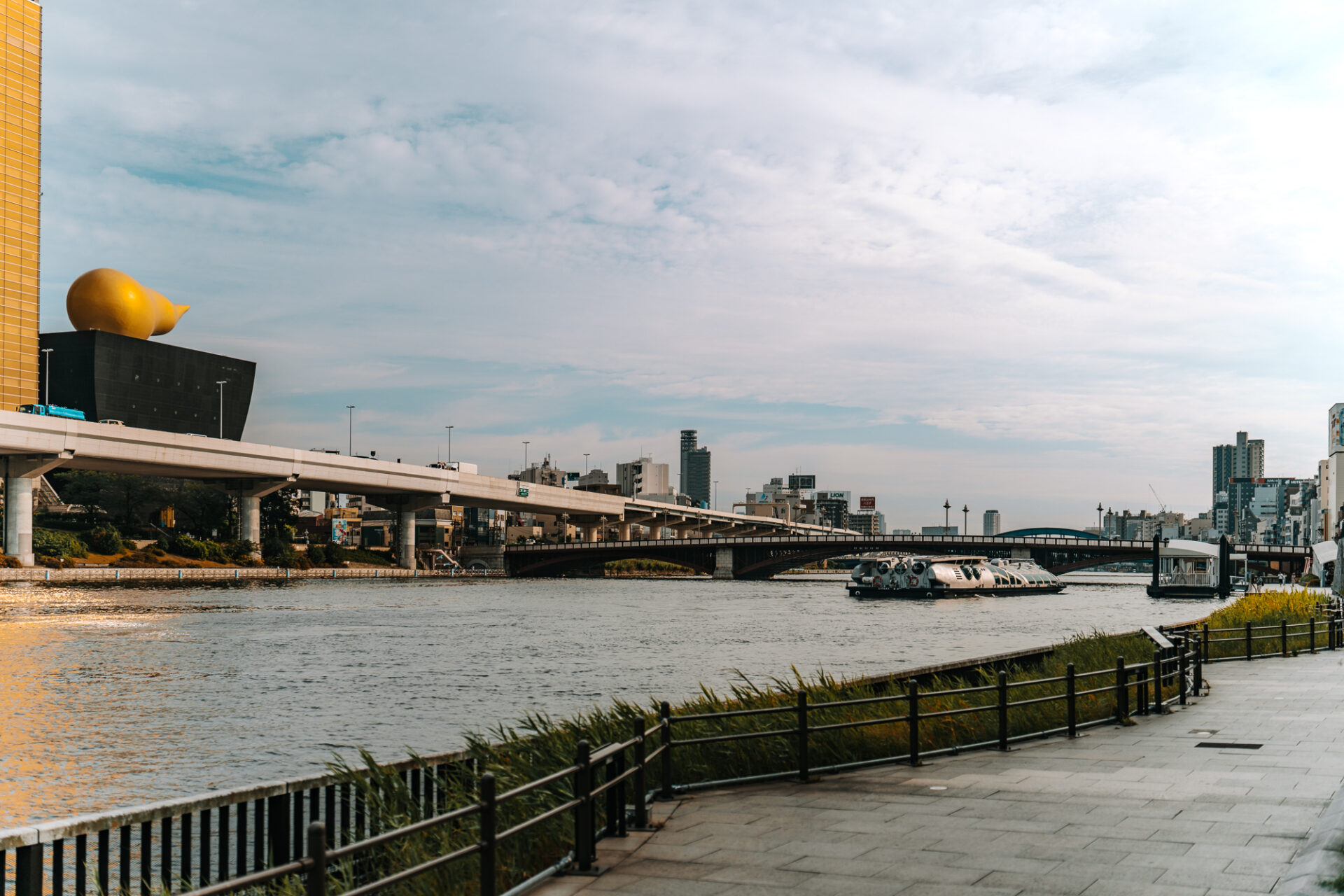
READ NEXT: 3 Day Tokyo Itinerary
Mount Fuji (1-2 Days)
A day trip to Mt Fuji is a great activity to add to your two week Japan itinerary. You can visit the area for a day on a day tour from Tokyo ( we highly recommend it, as getting to Mt Fuji on public transport is quite challenging) to visit Kawaguchi Lake, 5th Station, and Oshino Hakkai.
Alternatively, plan to visit the region for a day and enjoy some time in Lake Kawaguchi, take in the views from Fuji Panoramic Ropeway, and visit the scenic Arakurayama Sengen Park for that iconic Mt Fuji photo opp.
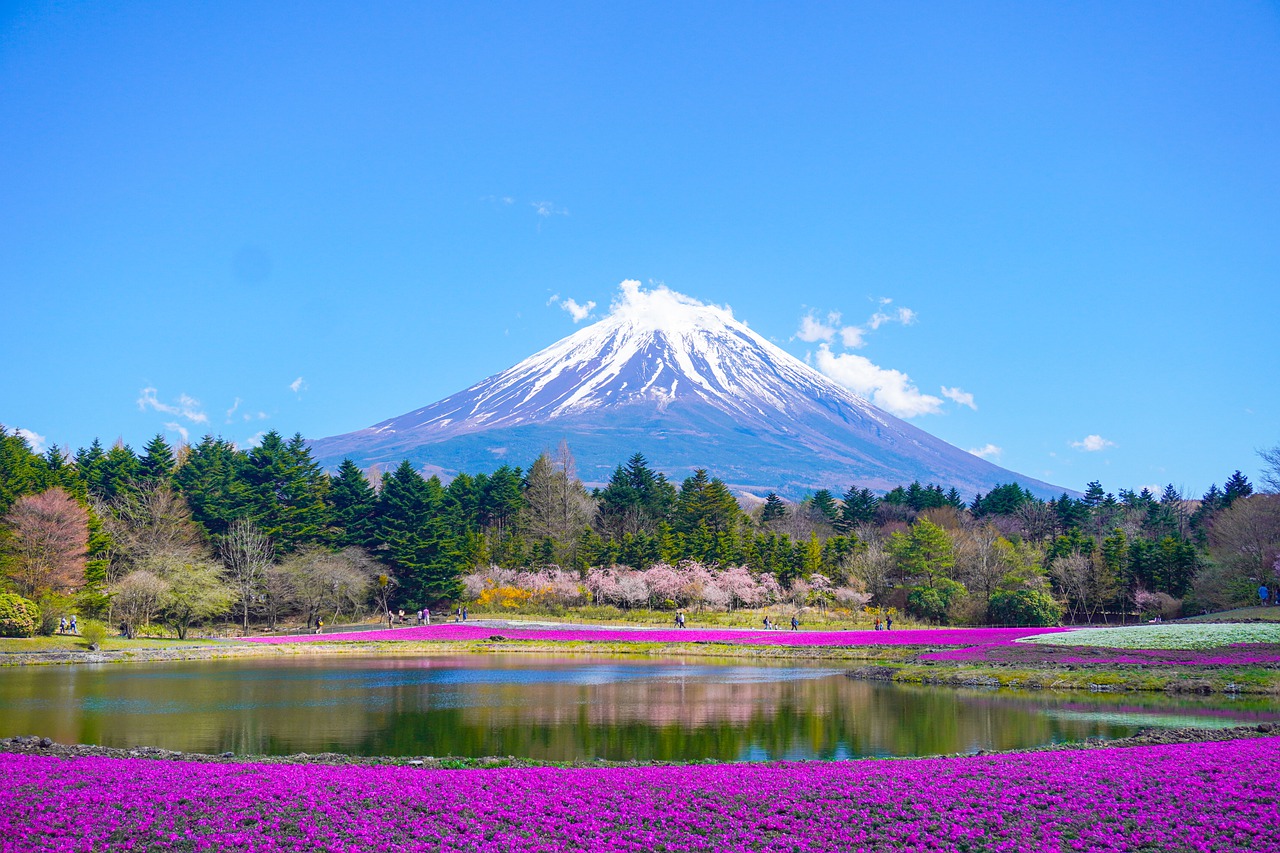
Gunma Prefecture (2 Days)
After spending a few days in Tokyo, get out of the city and experience the countryside.
Gunma Prefecture, located about 3 hours north of Tokyo, is a great and easy destination to experience a more rural and cultural side of Japan.
If you love the outdoors and want to get active, Minakami is the place for you. The town is best known for being the adventure capital of Japan, with various outdoor activities available any time of the year.
Get there: Gunma Prefecture is located 150km (93.2 miles) northwest of Tokyo. If you’ve hired a car, you can reach it in just 2.5 hours. Otherwise, with a JR Rail Pass, take the JR Joetsu Shinkansen from Tokyo to Jomo Kogen Station, which departs at least once per hour. The one way trip takes around 70 minutes and costs about 5500 yen. From there, you’ll need to get a transfer to your final destination in Gunma.
Stay: Hoshi Onsen Chojukan, located by the Hoshi River, is a Japanese-style ryokan surrounded by nature. Enjoy a large private room, featuring tatami floors, futons and traditional short dining tables. The highlight of the stay is the chance to experience a stunning traditional onsen, and delicious Japanese kaiseki meal.

Things to Do in Gunma Prefecture
Stay for a few days, and you can spend a day sampling a couple of the adventure activities and another day diving into the more cultural side of the region.
Canyoning: Minakami is the hub of canyoning in Japan, and Canyons is the place to do it. There are several canyoning courses depending on your desired thrill level. Fox Canyon is a half-day adventure and a perfect introduction to the world of canyoning. Otherwise, you can try the more technical Willow Canyon.
Rafting: Thrill seekers flock to Minakami in spring to ride the world-class grade 4+ rapids of the Tone River. A half-day tour covers around 12 km (7.5 miles) of whitewater, or experienced rafters can tackle over 25 km (15.5 miles) on a full-day adventure. If you prefer something more mellow, visit in the summer when the rapids have lowered to a class 2.
Hiking or skiing Mt Tanigawa: Mount Tanigawa (1,977 m / 6,486 ft) is the highest mountain in the Tanigawa mountain range. If you visit in winter, it’s a popular skiing area, while from July until November, it transforms into one of the best hiking destinations in Minakami. You can ride the cable car, Tanigawadake Ropeway, to the side of the mountain at Tenjindaira (1,319 meters / 4,327 ft). From there, it’s an additional two-hour hike to the summit for incredible views over the area.
Bungee Jumping: Towering 42 meters (138 ft) above the Tone River, Bungy Japan is one of the longest-running operators in the country. Jumping from the Suwakyo Bridge costs around 12,000 yen and is just a 5-minute drive out of Minakami town.
Soak at Takaragawa Onsen Osenkaku: Located about 27 km (16.7 miles) north of Minakami, this hot spring hotel is a popular place to spend half a day. There are indoor and outdoor onsens along the riverbank and spacious mixed-gender baths to enjoy in any season. Plus, the hotel also has a restaurant that specializes in mountain cuisine, including locally caught river fish and mountain vegetables.
Explore Takuminosato: Found on the way to Akaya Lake, just outside of Minakami, Takuminosato is a charming town perfect for exploration by bike. The streets are lined with various arts and crafts shops, restaurants, and coffee spots. Renting a bike in town allows you to spend the day leisurely cycling around, popping into shops, participating in walk-in art and craft experiences, and searching for unique Japanese crafts and souvenirs, ranging from bamboo items to Japanese washi paper art.
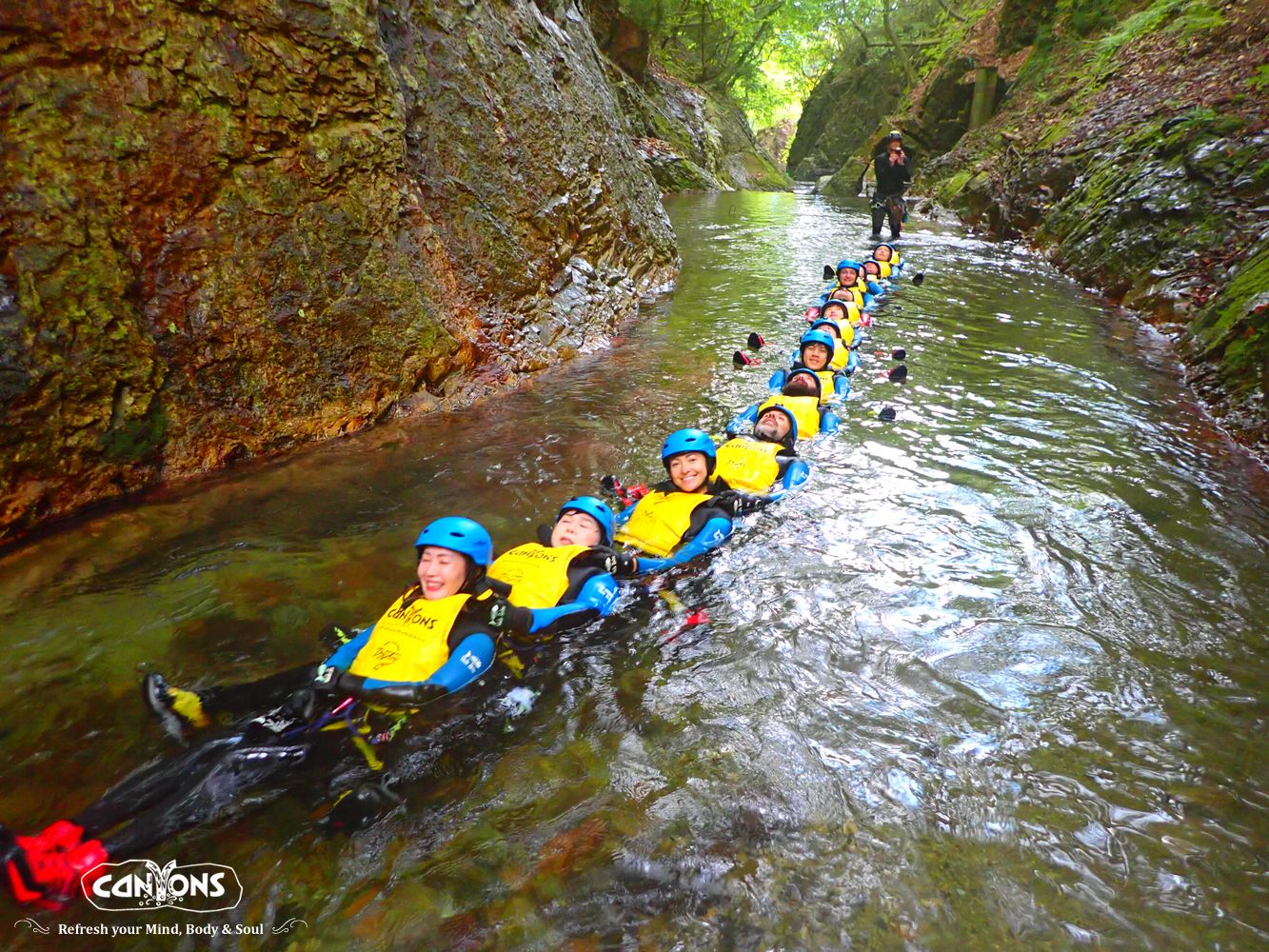
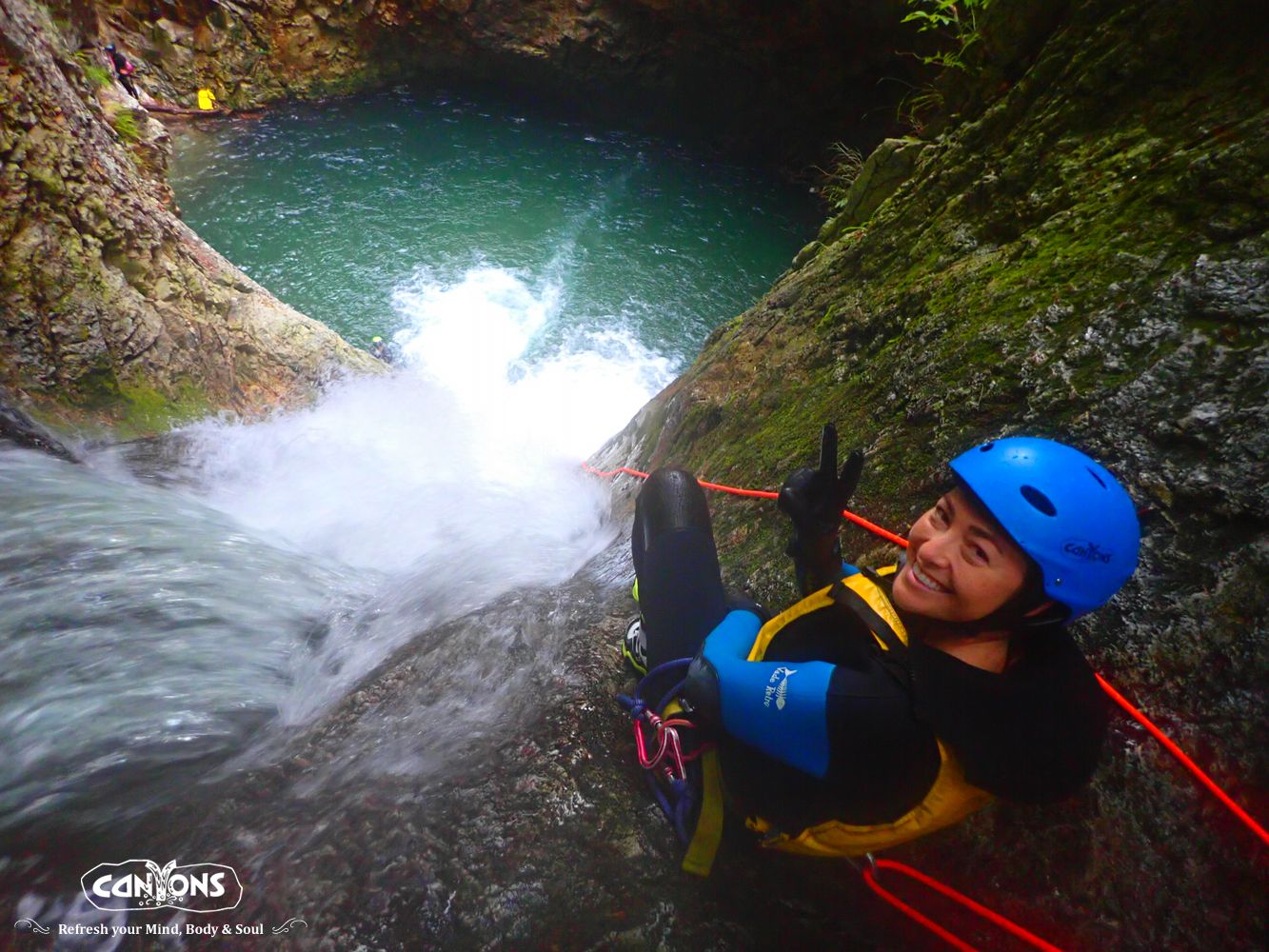


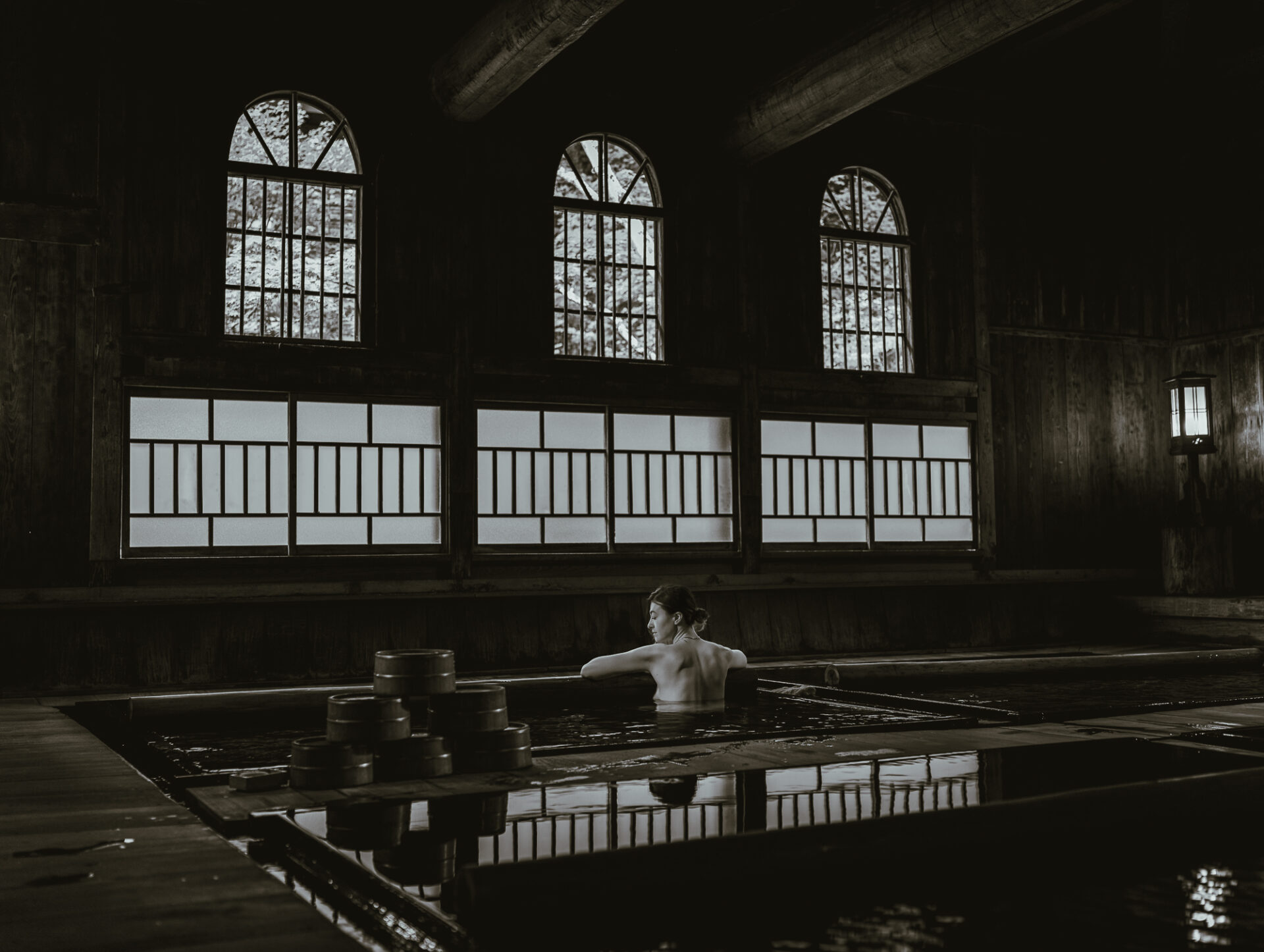
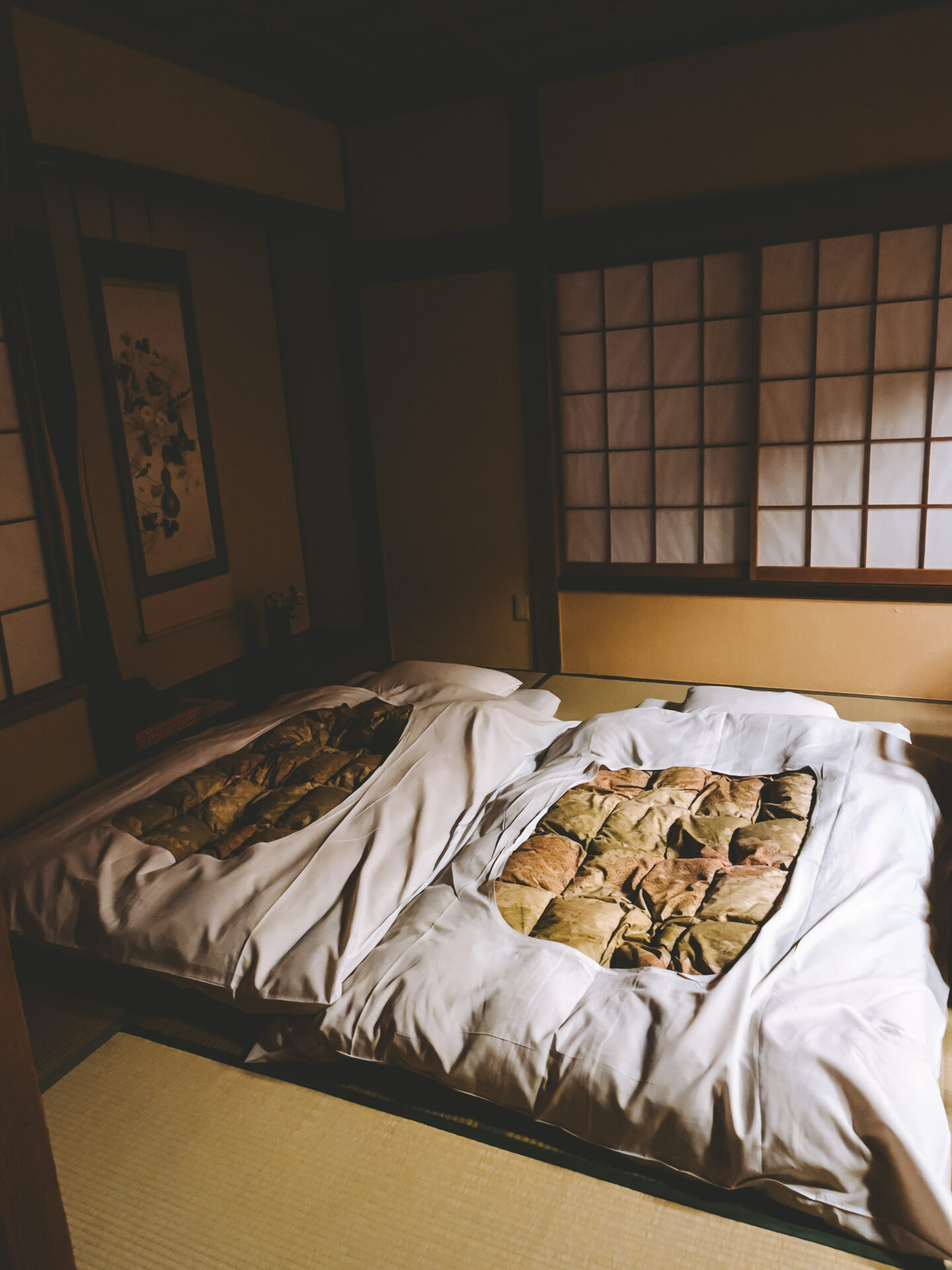
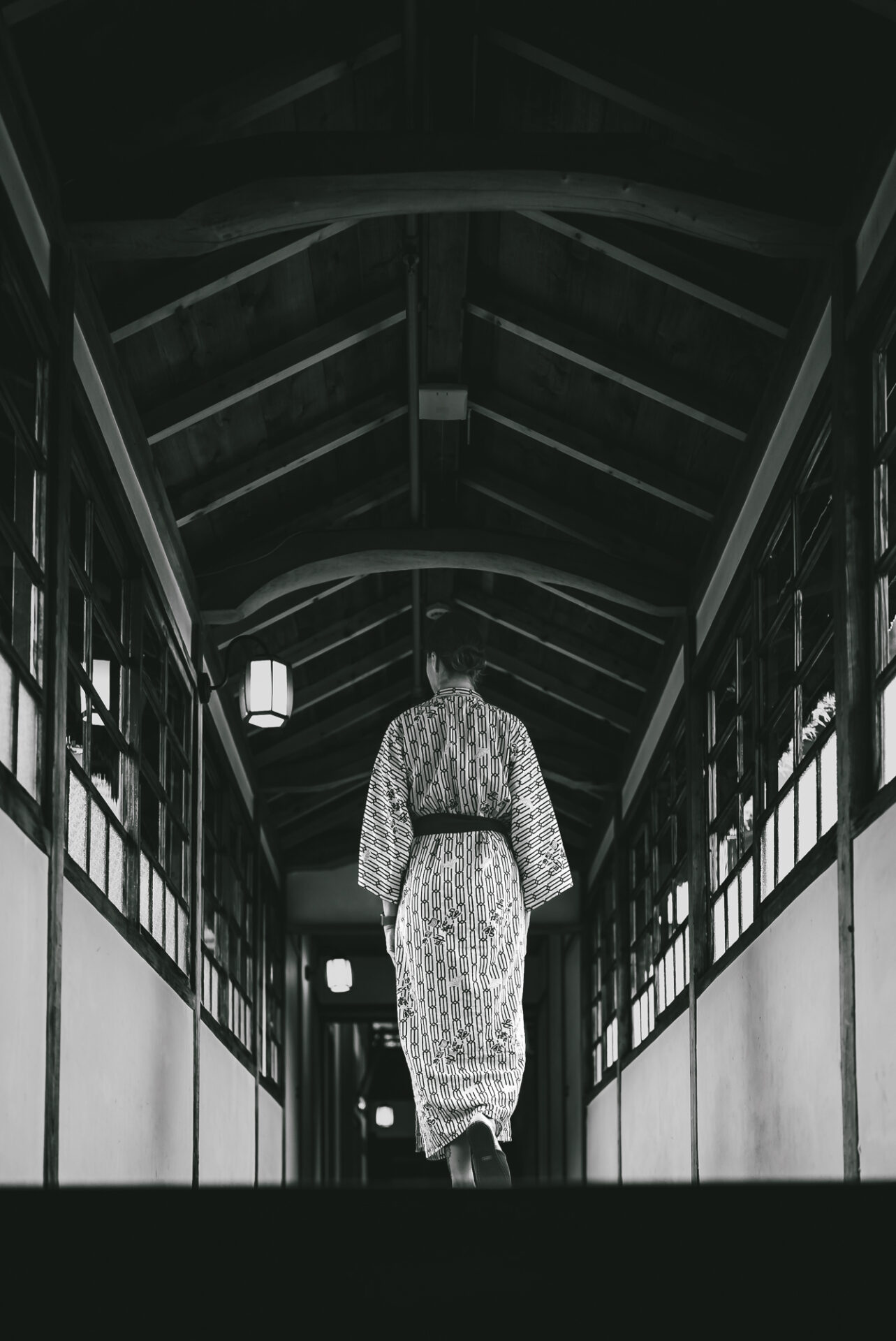

READ NEXT: Things to do in Mimakami, Gunma
Days 7-11: Kyoto and Surroundings
Kyoto is often considered Japan’s cultural capital and a must-visit destination for first-timers in Japan. Kyoto is known for Buddhist temples, imperial palaces, Shinto shrines, traditional wood houses, kaiseki dining and geisha entertainers. We recommend spending around 4 days exploring the city and its surroundings.
Get there: The Tōkaidō Shinkansen bullet train connects Tokyo and Kyoto on a direct route. Three services on this line depart regularly: Nozomi, Hikari, and Kodama. Nozomi is the quickest option, taking around 140 minutes for the journey and costing just over 14,000 Yen.
Stay: Seikoro Ryokan: Established in 1831, this laidback 4-star boutique ryokan is located near the Kamo River in central Kyoto. It’s built in traditional style with wood panels, screen doors, a leafy courtyard, and an onsen. The ryokan offers a taste of traditional Japanese culture with a kaiseki dinner and traditional Japanese breakfast included in the stay.
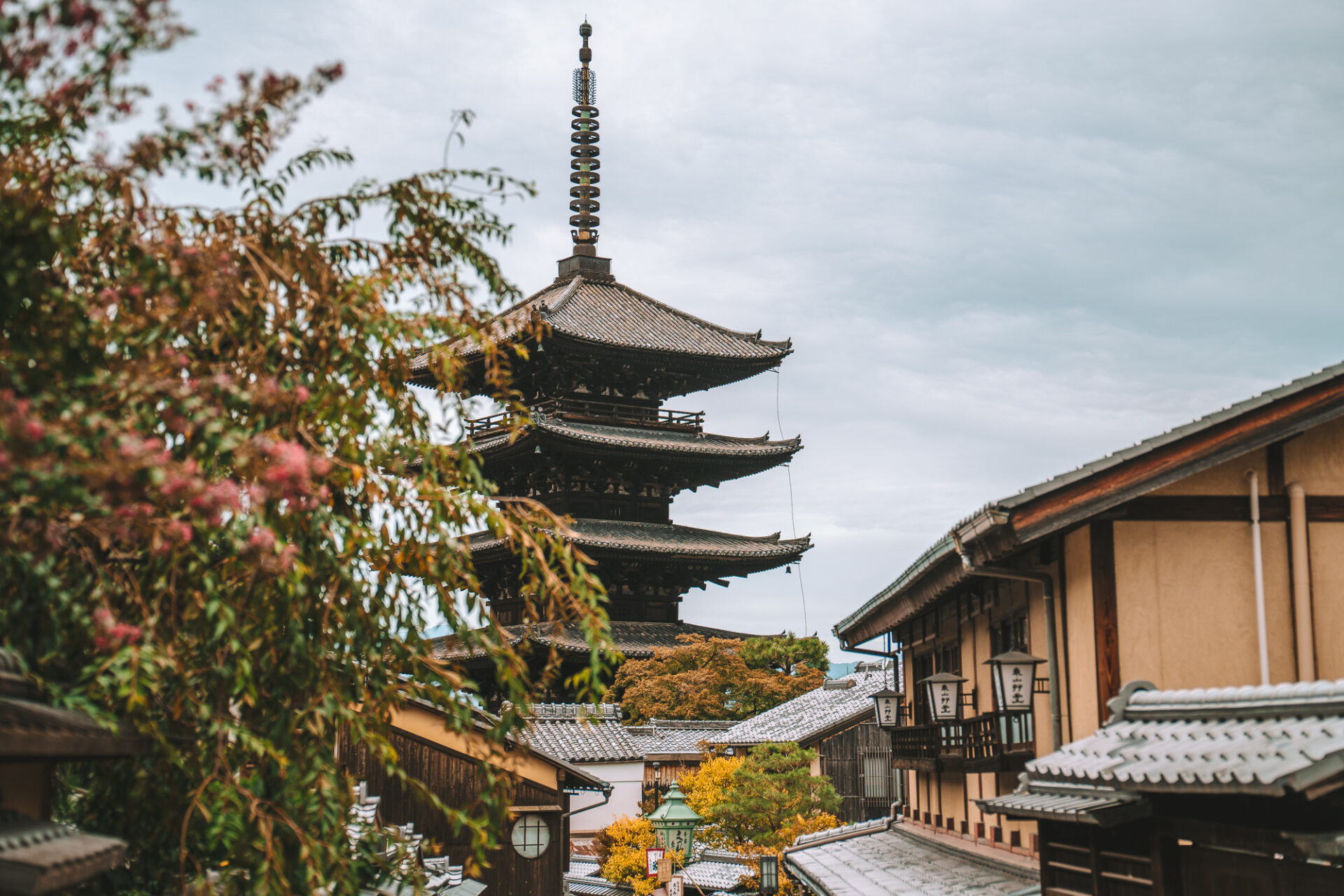
Things to Do in Kyoto
Kyoto is chock full of interesting attractions, so be sure to spend at least 3-4 days exploring the area. Here are our top recommendations:
Fushimi Inari Shrine: The shrine is famous for its torii gates, which straddle the trails leading into the forest of Mount Inari. Start the 2-hour return pilgrimage to the summit of Mount Inari, behind the shrine’s main hall. Most visitors rush to Fushimi Inari Shrine at sunrise or first thing in the morning, but we recommend visiting one of the most famous shrines in Kyoto at sunset time. You’ll find smaller crowds and a special opportunity to see Fushimi Inari at dusk and in the magic of night lights.
Kinkaku-ji: Often referred to as the Golden Pavilion, this Zen Buddhist temple is completely covered in gold leaf and overlooks a large pond. Despite having burnt down numerous times throughout Japanese history, the present Golden Temple complex dates back to 1955 and is now a recognized UNESCO World Heritage Site.
Arashiyama: The Arashiyama Bamboo Grove is another of the city’s most recognizable sights. There’s only one main path through the bamboo forest grove, which leads slowly uphill and is lined with thick bamboo trees. At the top of the hill is the Okochi-Sanso Villa, a beautiful garden area that offers city views. It’s located just north of the entrance to Tenryu-ji Temple, which you should also visit while you’re in the area. Be warned, this is a very popular attraction in Kyoto and is busy any time of the day (unless, of course you want to wake up early and head there for sunrise)
Higashiyama District: As one of the best preserved historic districts of Kyoto, Higashiyama is a must-visit on this two week itinerary. This area of Kyoto is filled with traditional Japanese architecture, including narrow streets, wooden buildings, traditional pottery shops, tea houses, and plenty of temples and shrines. Try to arrive very early in the day to enjoy a quieter few hours walking the streets before the crowds arrive.
The district is also home to some of the city’s most famous temples and shrines, including Kodai-ji Temple, Yasaka Shrine and Kiyomizu-dera Temple.
Gion District As Kyoto’s most famous geisha district, Gion is a must-visit, filled with shops, restaurants and tea houses, where geishas entertain during traditional tea ceremonies. Take a stroll along the main street, Hanami-koji Street from Shijo Avenue to Kenninji Temple, to admire the well-preserved machiya houses turned restaurants, serving Kyoto-style kaiseki ryori (traditional Japanese cuisine).
Nishiki Market This 400-year-old iconic market in downtown Kyoto occupies a narrow strip lined with more than a hundred shops and stalls. It’s the best place to try Kyoto specialties, such as Japanese sweets, pickles, dried seafood and sushi sold at a few stands. A perfect breakfast stop in Kyoto during your two week Japan itinerary.
Kyoto Tower Located near Kyoto Station, this steel tower is the tallest structure in the city, with its observation deck sitting at 100 meters (330 ft) high. You can admire the panoramic views from the top and even enjoy a romantic dinner at the Kyoto Tower Restaurant.
Half-Day Trip to Nara: Located just an hour south of Kyoto, Nara offers one of the best day trips from Kyoto. As the country’s first permanent capital, Nara has several important temples worth visiting, including Tōdai-ji temple with the 15m high Buddha statue and the Shinto shrine Kasuga Taisha with more than 3000 lanterns. Another highlight of a trip here is to see the deer roaming around the tranquil Nara Deer Park.

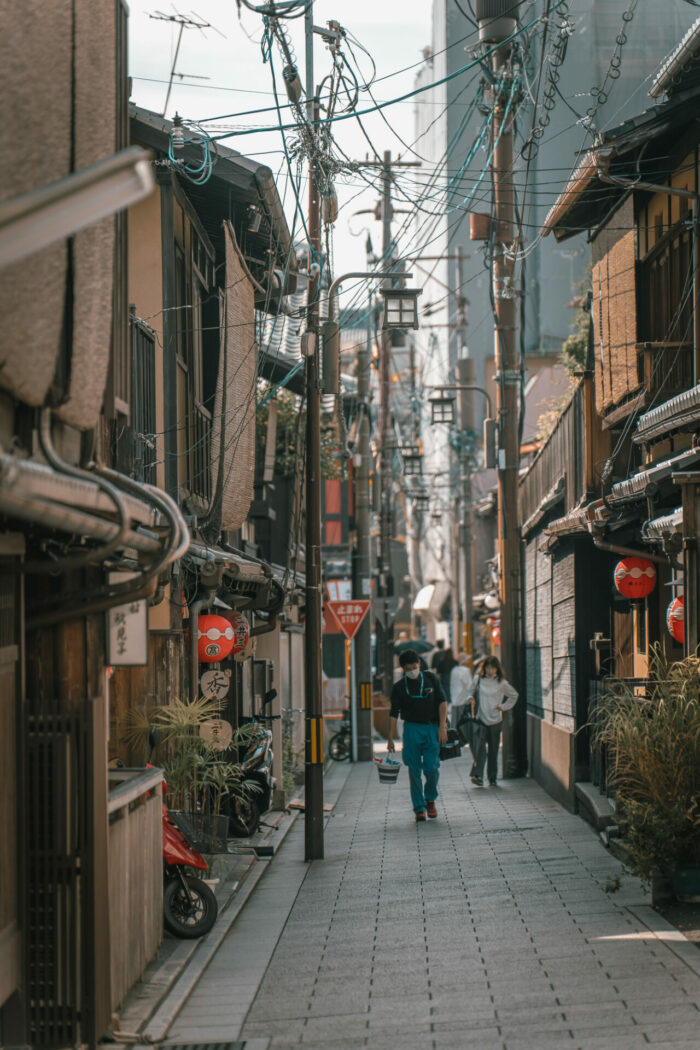
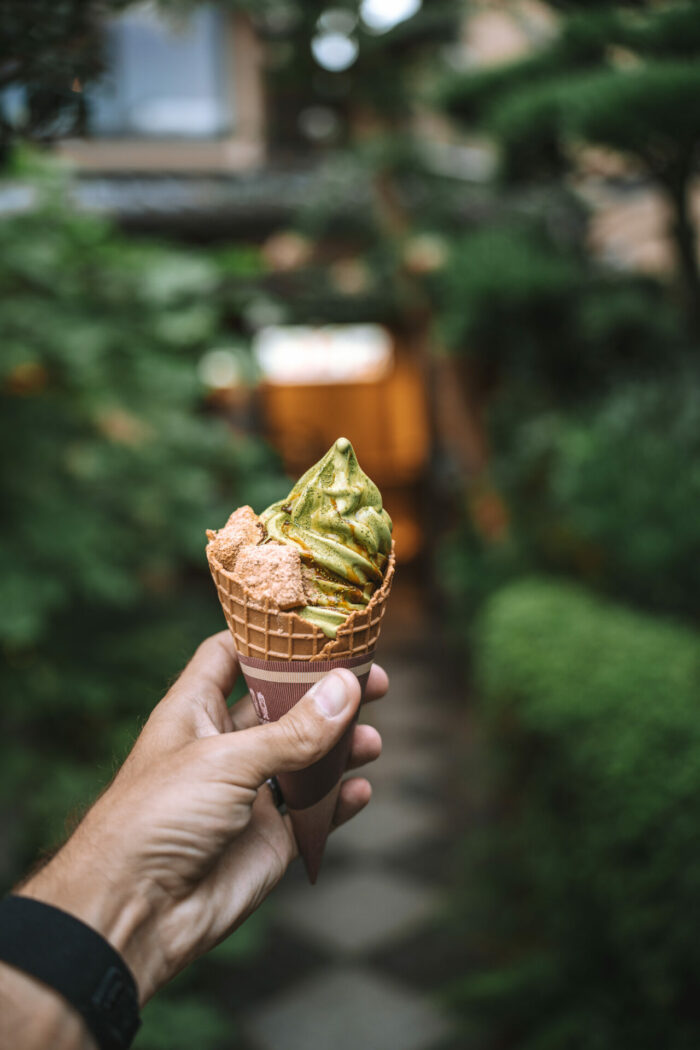
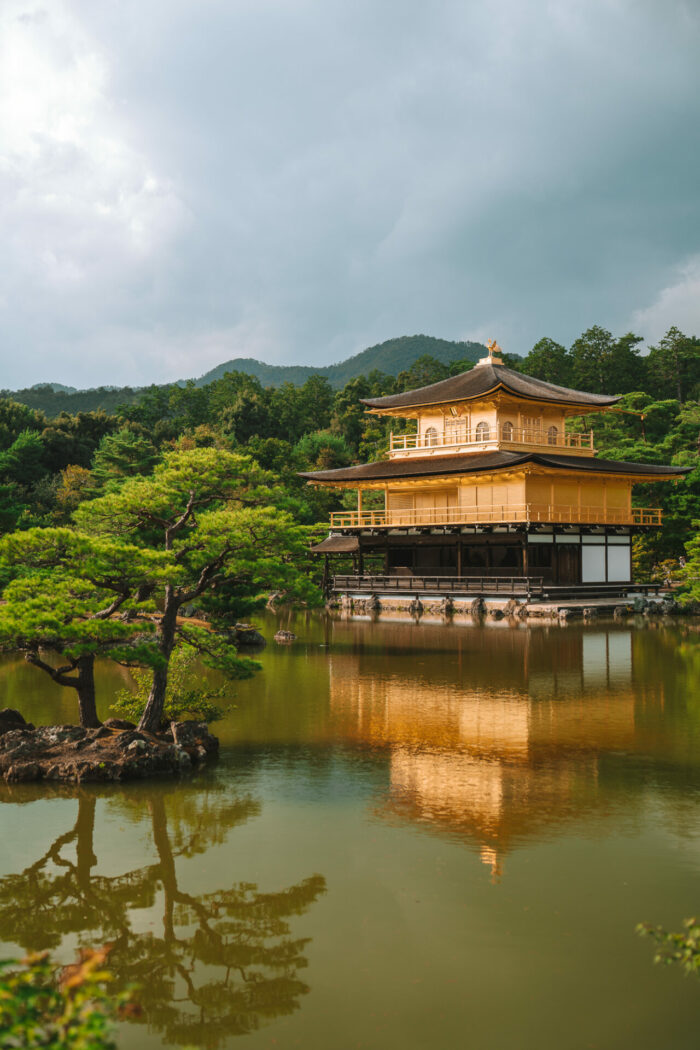
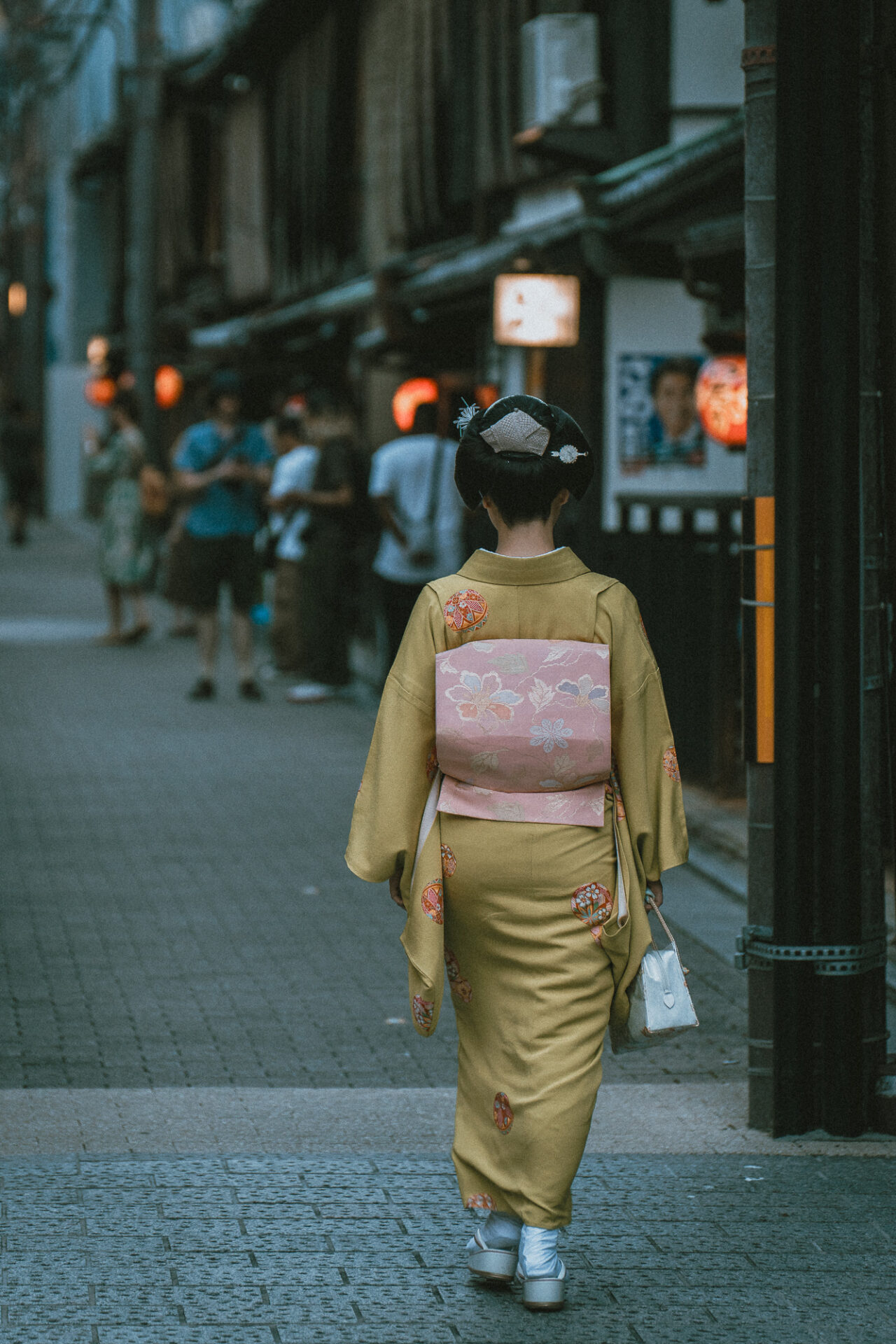
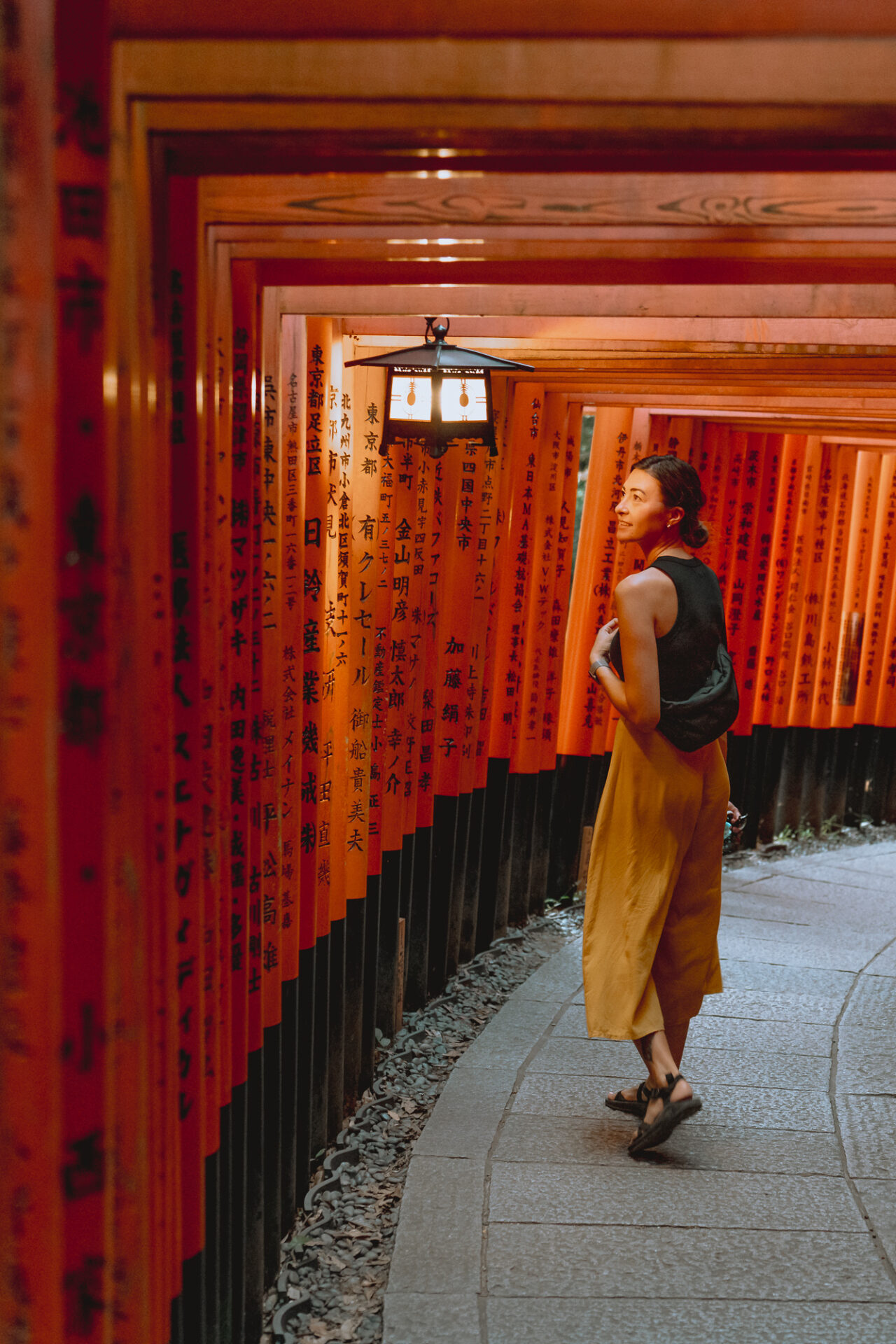
Days 11-14: Osaka and Surroundings
The final city on this Japan trip itinerary is Osaka, a large port city and one of Japan’s largest cities. After extensive damage caused by bombing in World War II, Osaka has been slowly rebuilt, with tall skyscrapers and cutting-edge architecture. However, the city has also remained a cultural hub of Japan, with incredible street food, electric nightlife, and some important shrines and museums.
Spend your final few days on this amazing trip exploring Osaka’s main sights.
Get there: A quick train ride from Kyoto, Osaka, is best reached by Shinkansen train. The fastest option runs from Kyoto Station to Shin-Osaka Station in only 15 minutes. If you don’t have a JR Pass, the Shinkansen price for this journey is 1,420 yen.
From Tokyo, Osaka (Shin-Osaka Station) can be reached by the JR Tokaido Shinkansen. Nozomi trains are the fastest option and require about 155 minutes of travel time.
Stay: Takuto Hotel Located just a 5-minute walk from Shinsaibashi Station, this simple but super comfortable boutique hotel is within close proximity to many of the major sights. They offer a range of rooms, from standard doubles up to family rooms for those travelling with kids. We especially liked the small kitchenettes in the rooms, so you can self-cater some meals too.
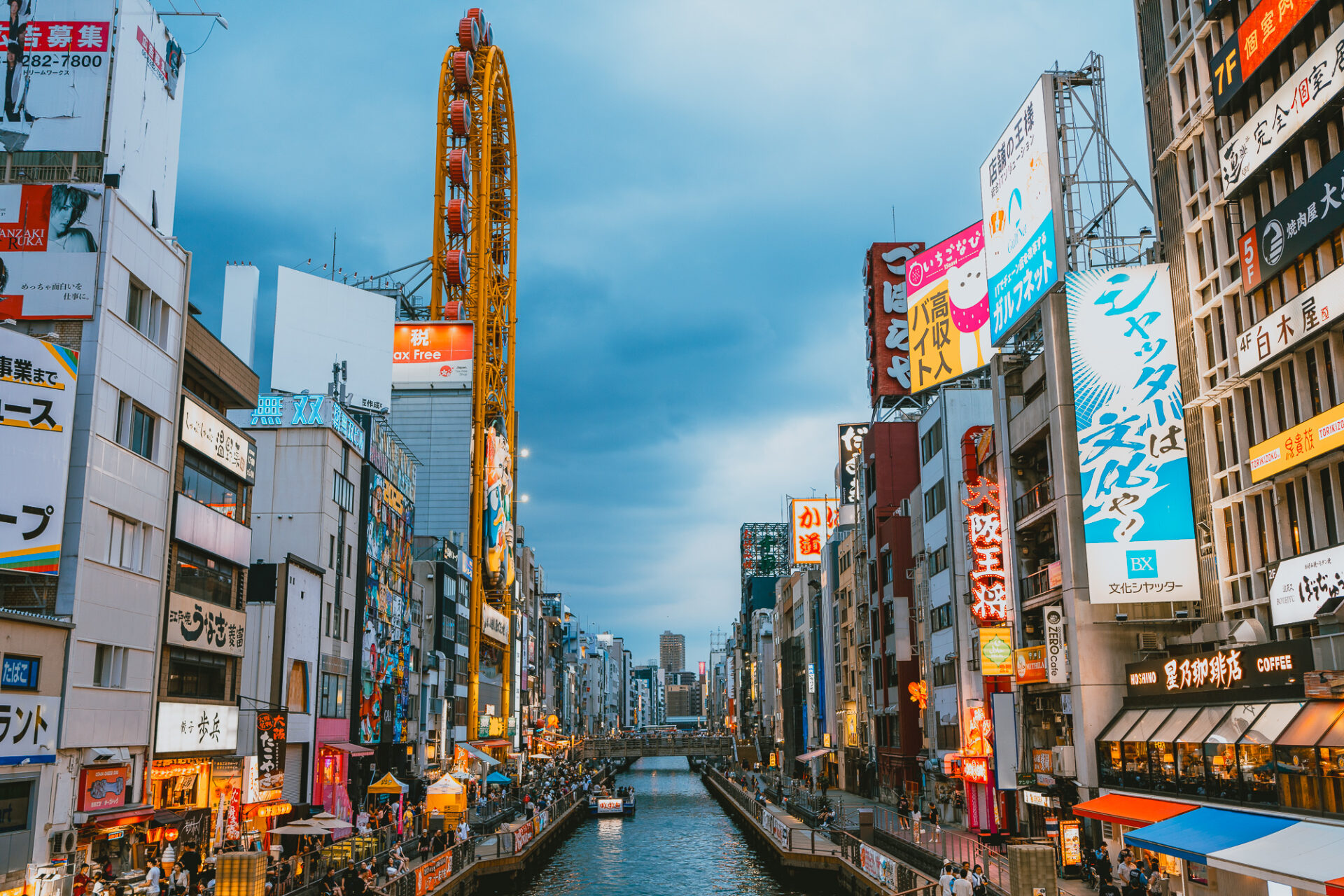
Things to Do in Osaka
Plan to spend two or three days in Osaka to give yourself enough time to explore the city and an option to take a day trip to Kobe or beyond.
Osaka Castle: This iconic landmark is located just outside downtown Osaka. Originally built in 1583 on the former site of the Ishiyama Honganji Temple, it was destroyed and rebuilt again in the 1620s. The park surrounding the castle is filled with over 5,000 cherry blossom trees that bloom in spring, attracting thousands of visitors every year. The castle tower houses an informative museum about the castle’s history and gives you great views over the city skyline.
Dotonbori: The Dotonbori district is the main tourist attraction in the city. Running parallel to the canal’s south bank, it’s known for its bright neon lights, huge signs, traditional Japanese food, and a healthy doze of crowds. We recommend exploring in the evening, with a variety of restaurants and bars to choose from for a drink or dinner.
Kuromon Ichiba Market: This covered shopping street is one of the best places to discover all the weird and wonderful produce and unique Japanese food. The market is particularly known for its fresh seafood and meat, where you can pick out what you want and have it cooked in front of you. It’s open from 8am until 6pm every day.
Universal Studios: As the second Universal Studios amusement park to open outside the US, this is one of the biggest attractions in Osaka. Located southwest of the city center, Universal Studios is a fun full-day outing for both adults and families. Explore The Wizarding World of Harry Potter and Super Nintendo World, amongst many of the movie-themed rides and activities inside the park.
Umeda Sky Building is a landmark building in the Kita district. The 173 meter (568 ft) high building consists of two towers that are connected by the Floating Garden Observatory on the 39th floor. Head up there at sunset to catch the city’s beautiful view from its open-air deck. You can get free admission with the Osaka Amazing Pass until 4pm or pay 1500 yen for entry until 10pm.
Day Trip to Kobe: Take a 12-minute Shinkansen train ride, and you’ll find yourself in Kobe. Check out the Kitano district, the historical district with the former homes of many foreign merchants and diplomats. Take the Kobe Ropeway up to the Kobe Nunobiki Herb Gardens for the best views of the city. And don’t miss a chance to sample some street food in the Chinatown of Nankinmachi District or try the famous Kobe beef at a local restaurant.
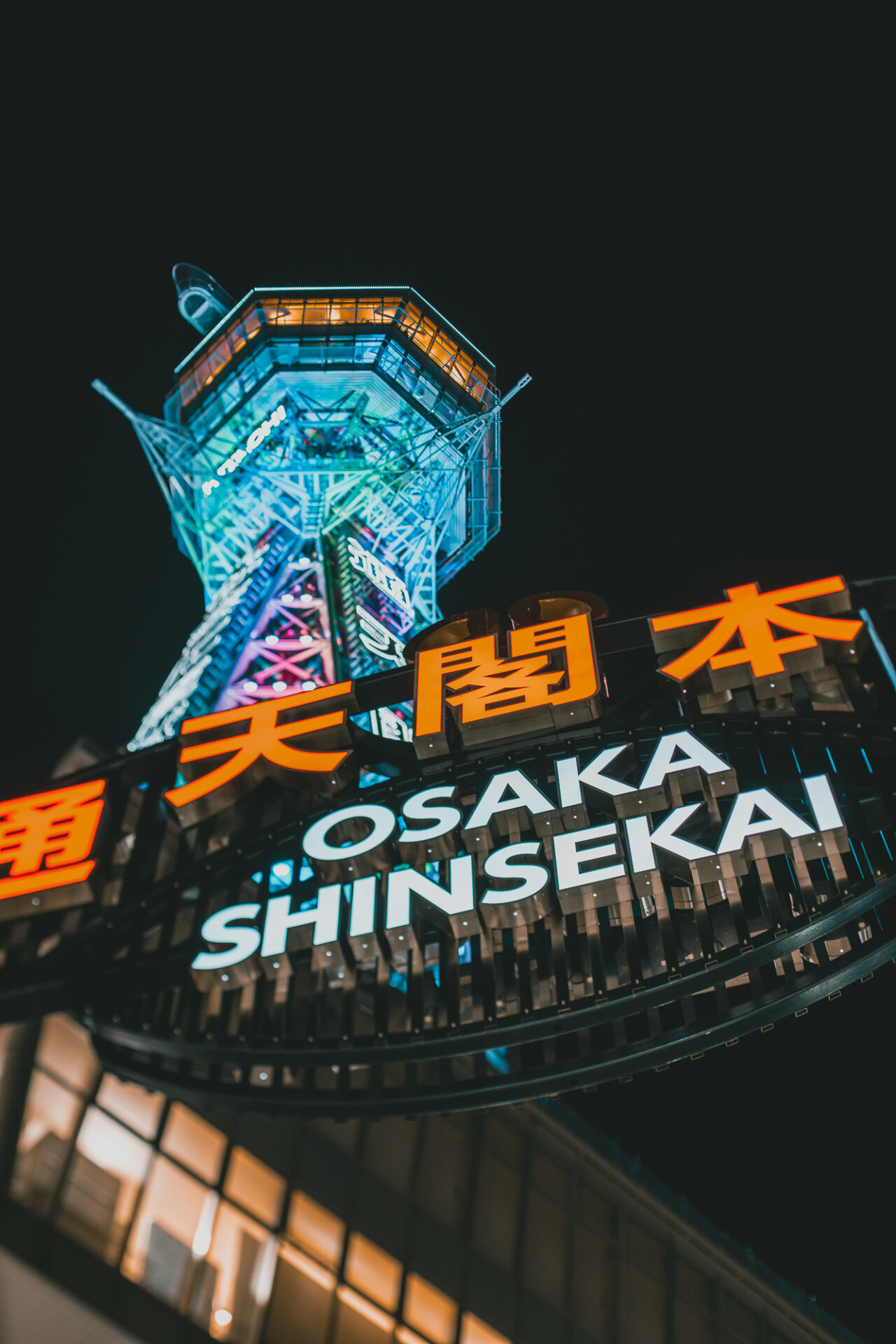
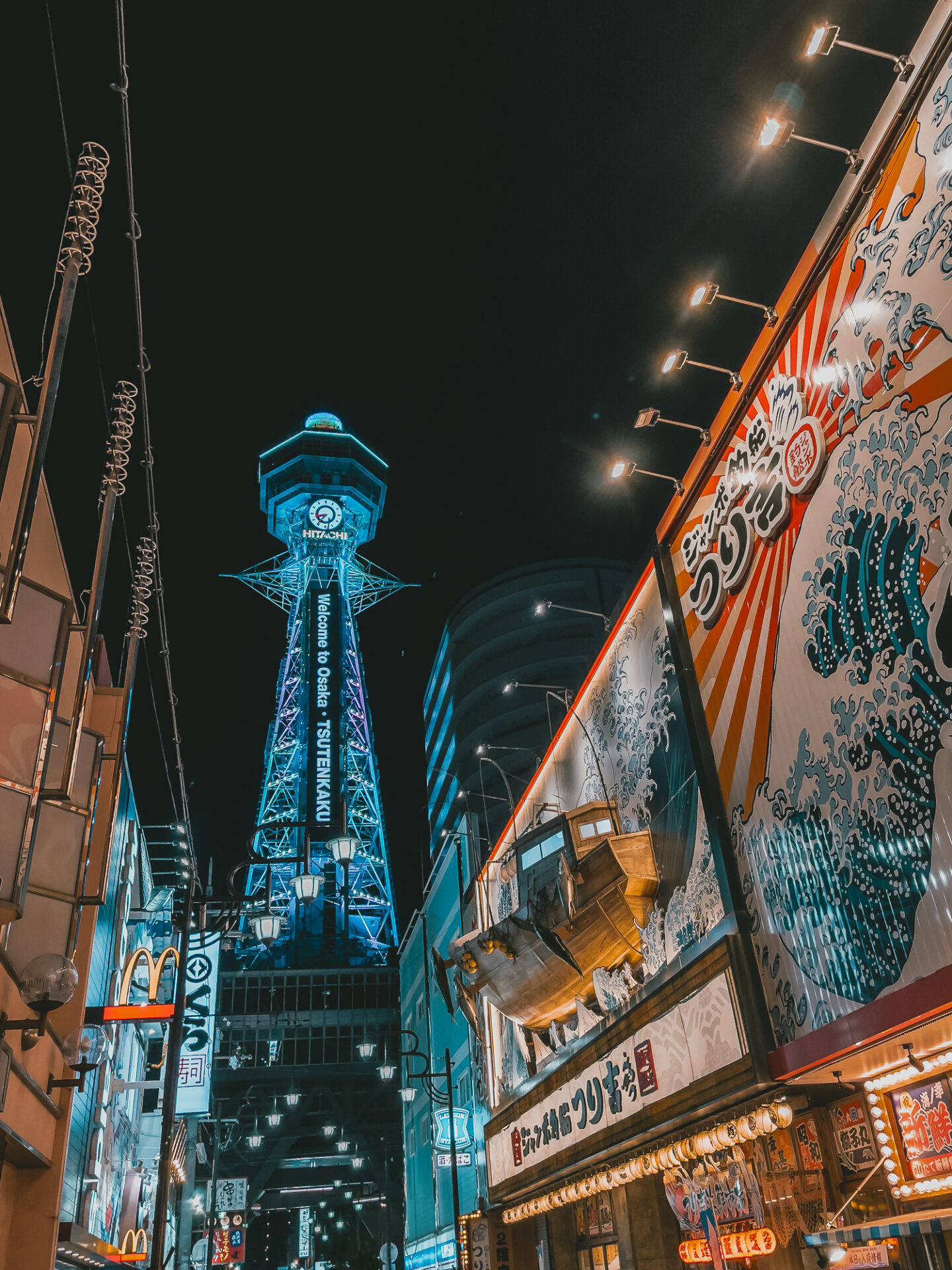
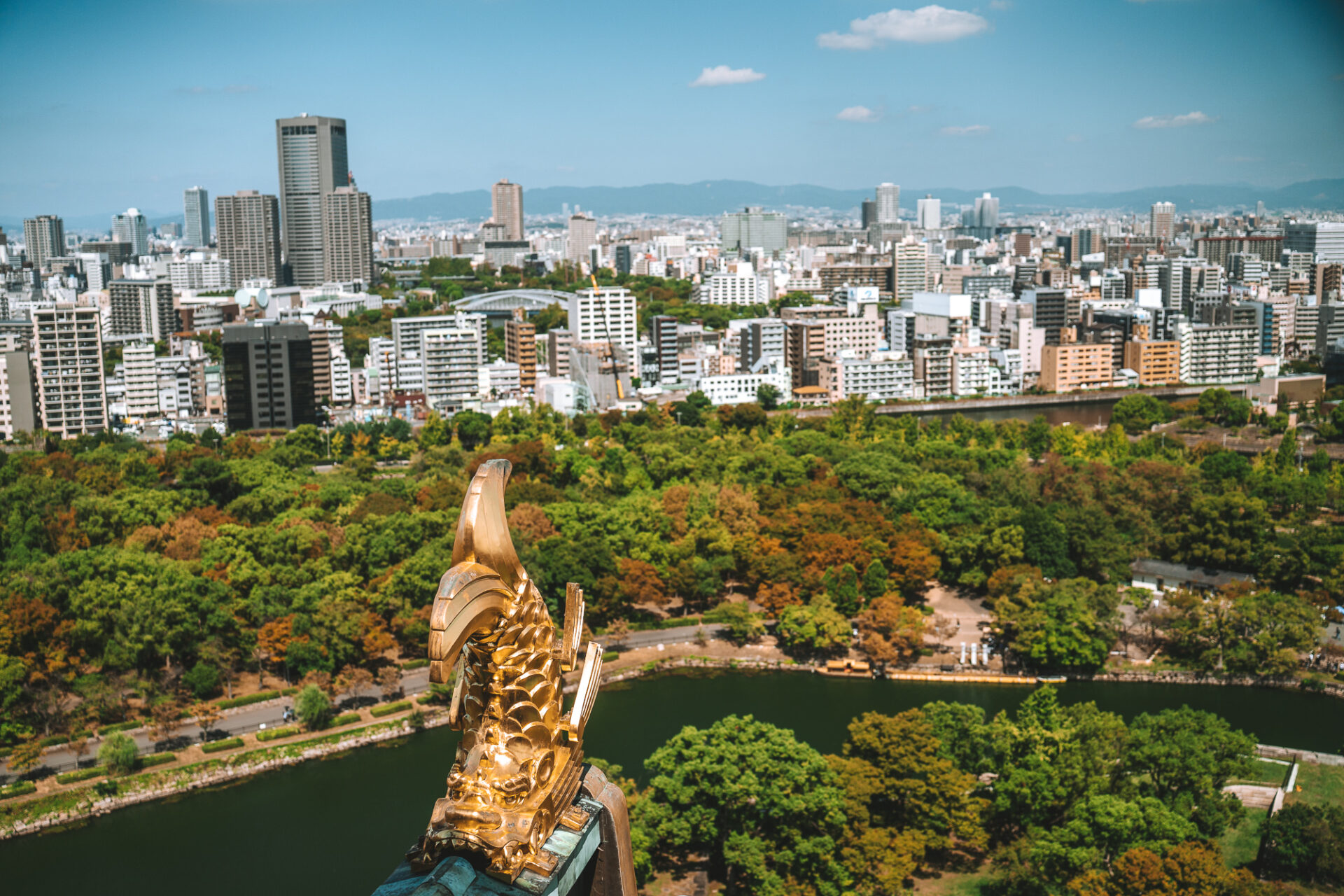


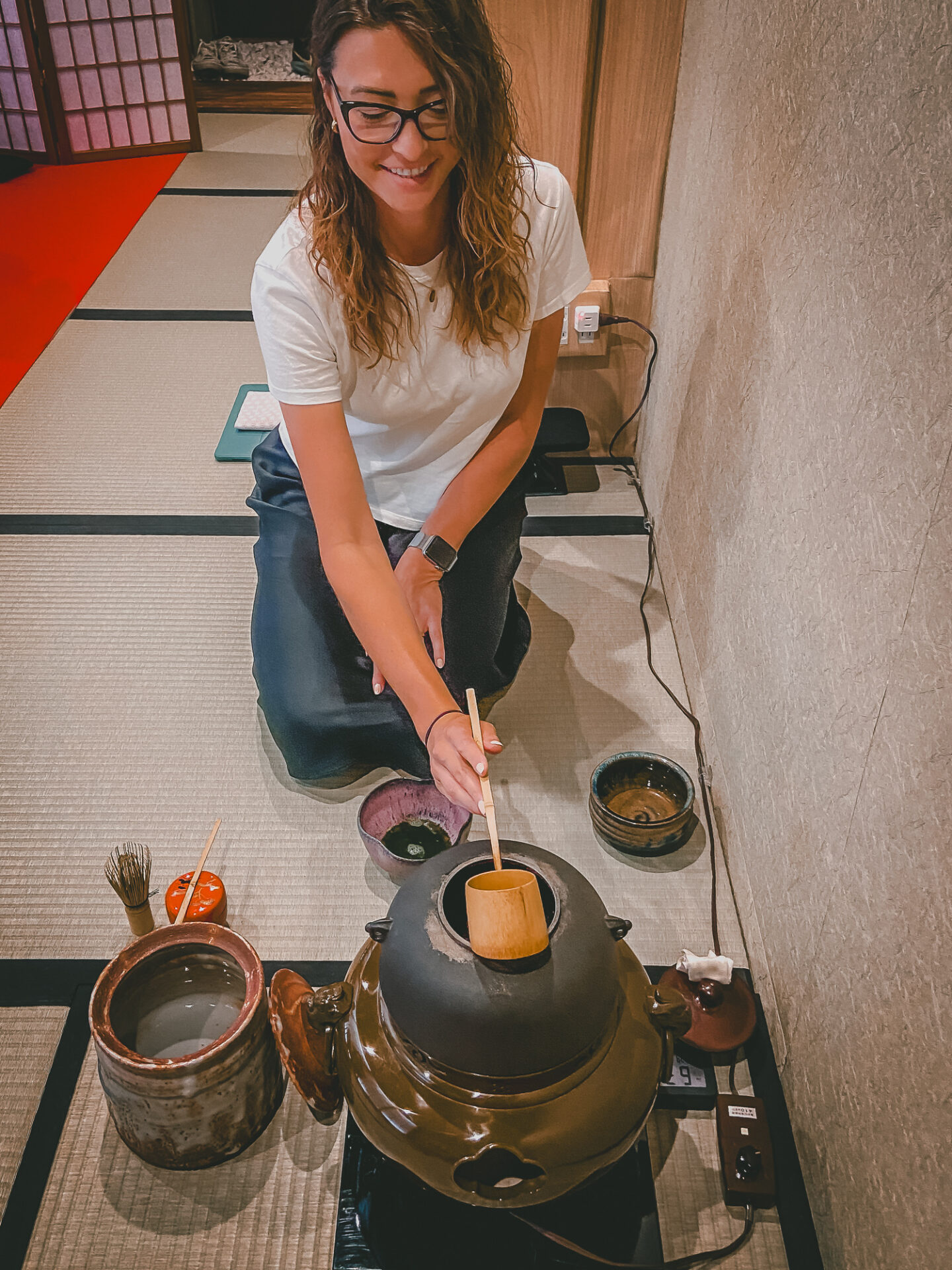
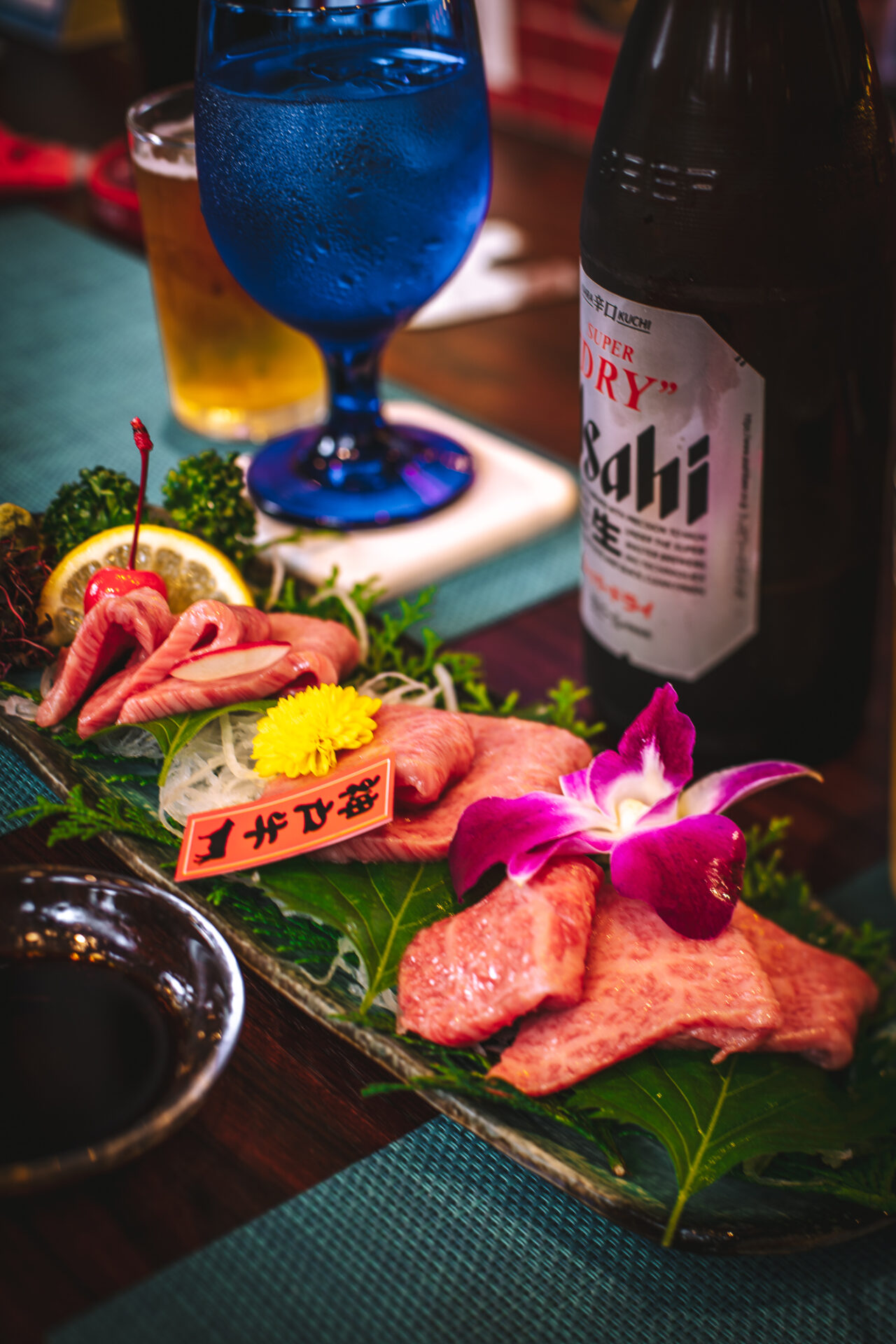
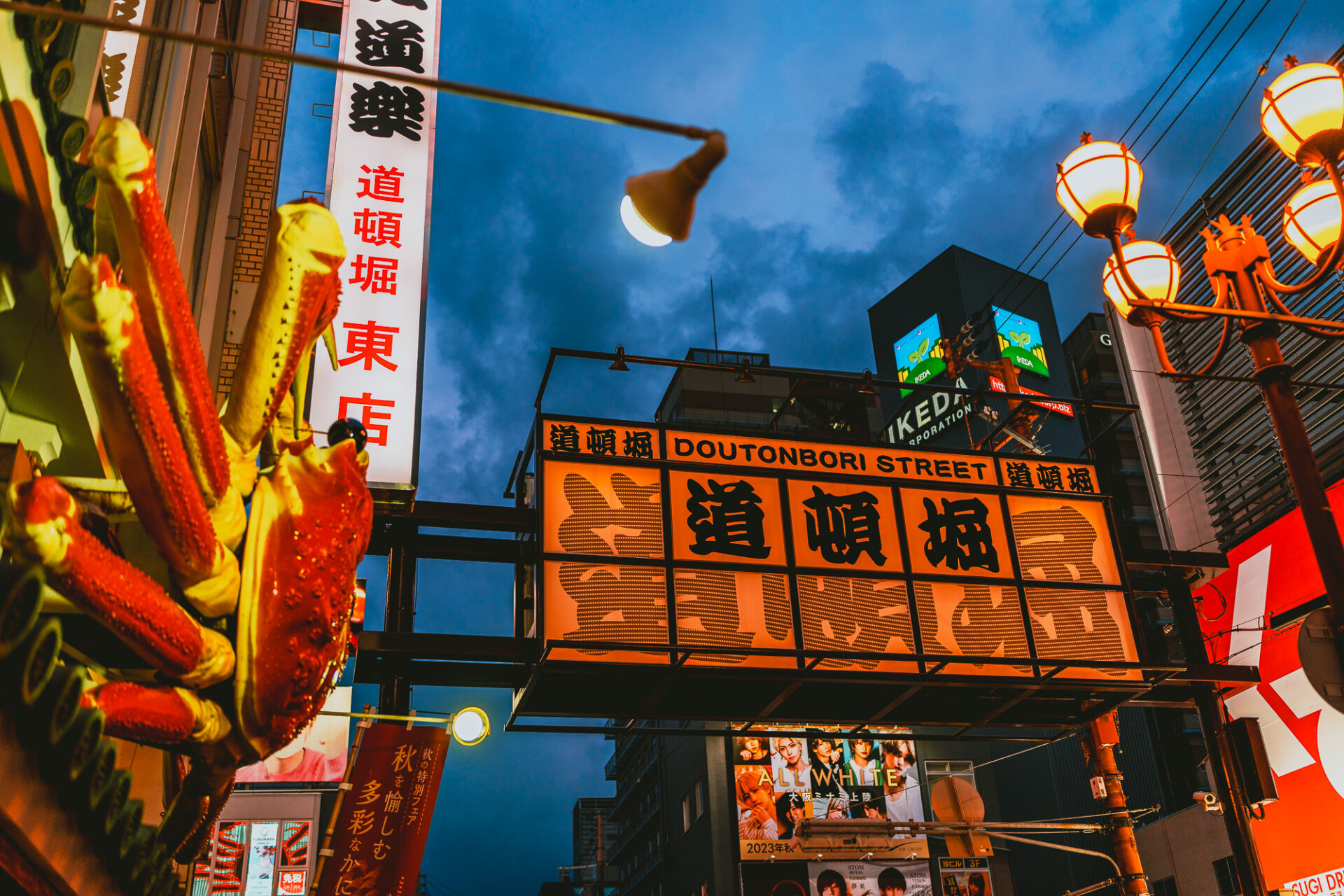
This Japan travel itinerary for first-time visitors covers all the elements of a perfect first trip through this incredibly unique country.
From visiting the major cities of Tokyo, Osaka and Kyoto to allowing enough time to get off the beaten track and into nature around Minakami, we think this 2 week Japan itinerary captures the best of the country’s attractions in a relatively short time.
READ NEXT: Exploring Kuma Valley in Kumamoto, Kyushu, Japan

